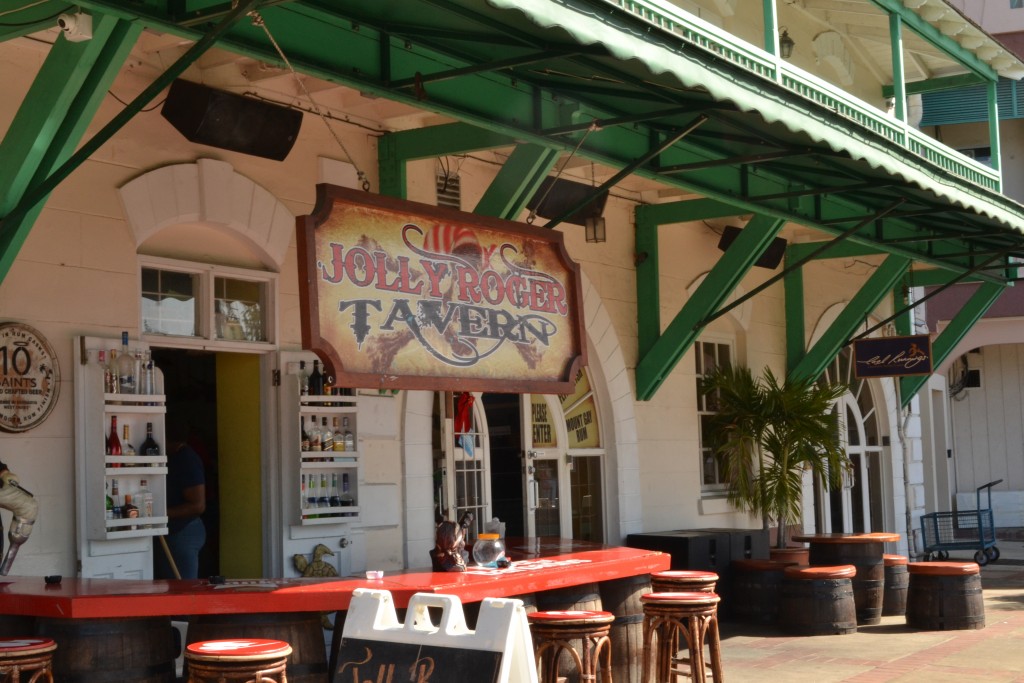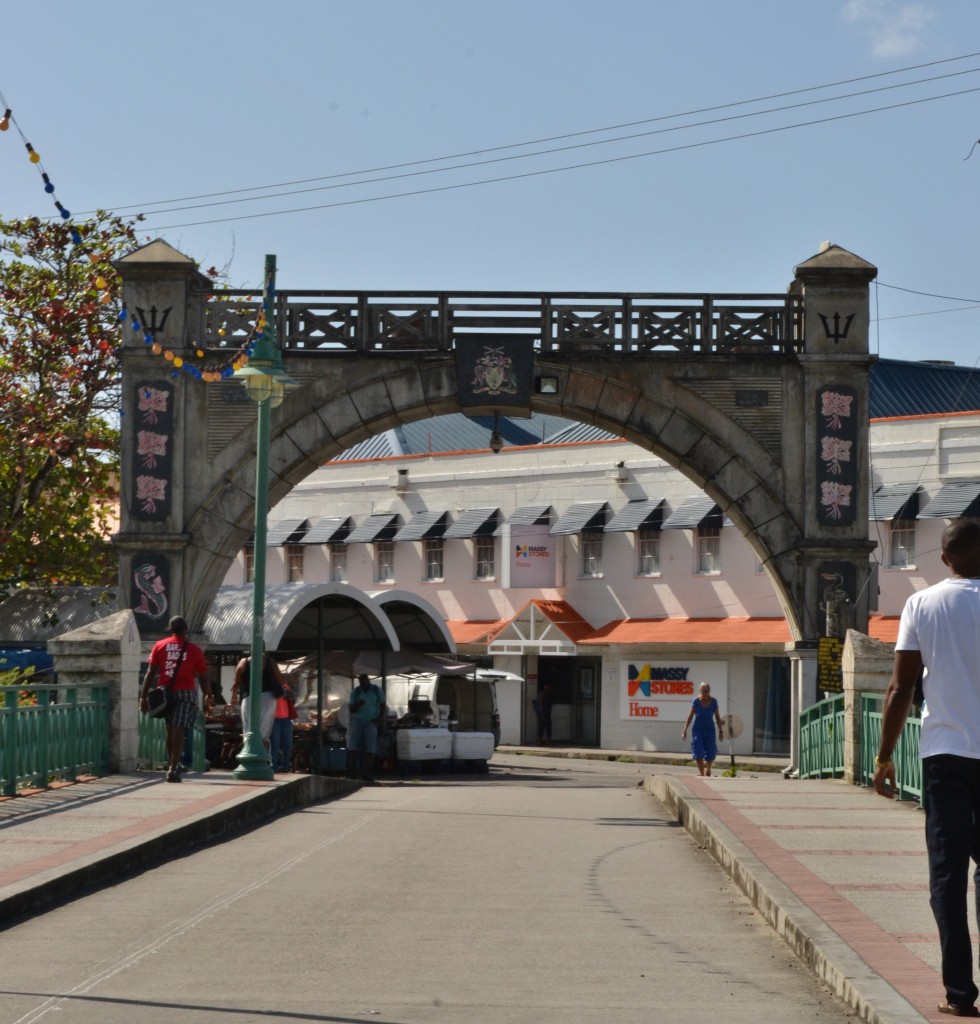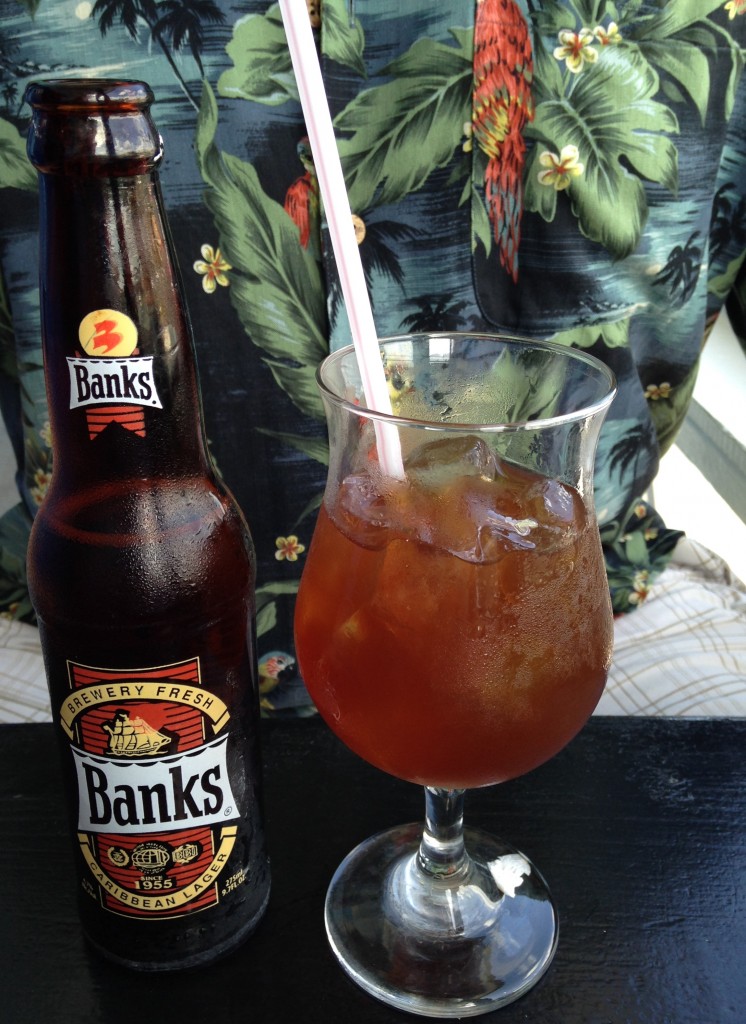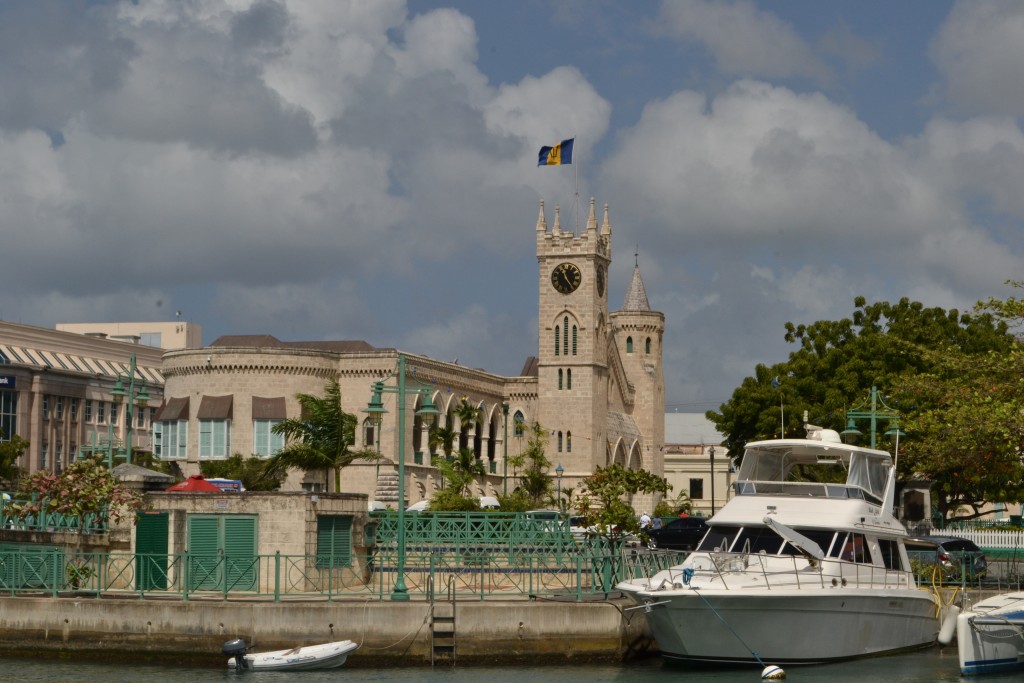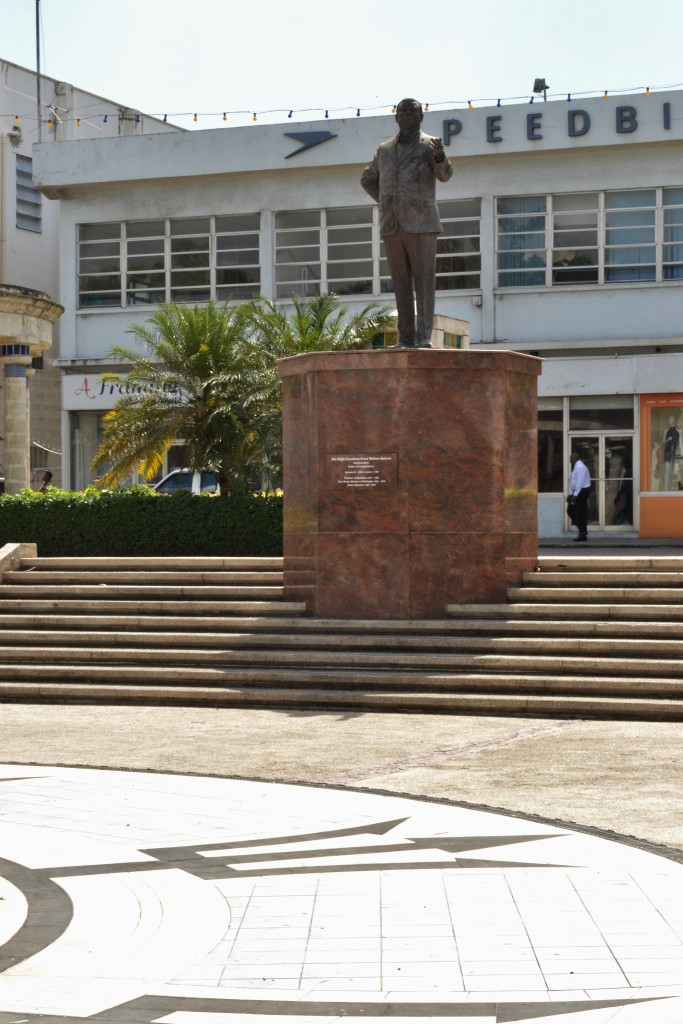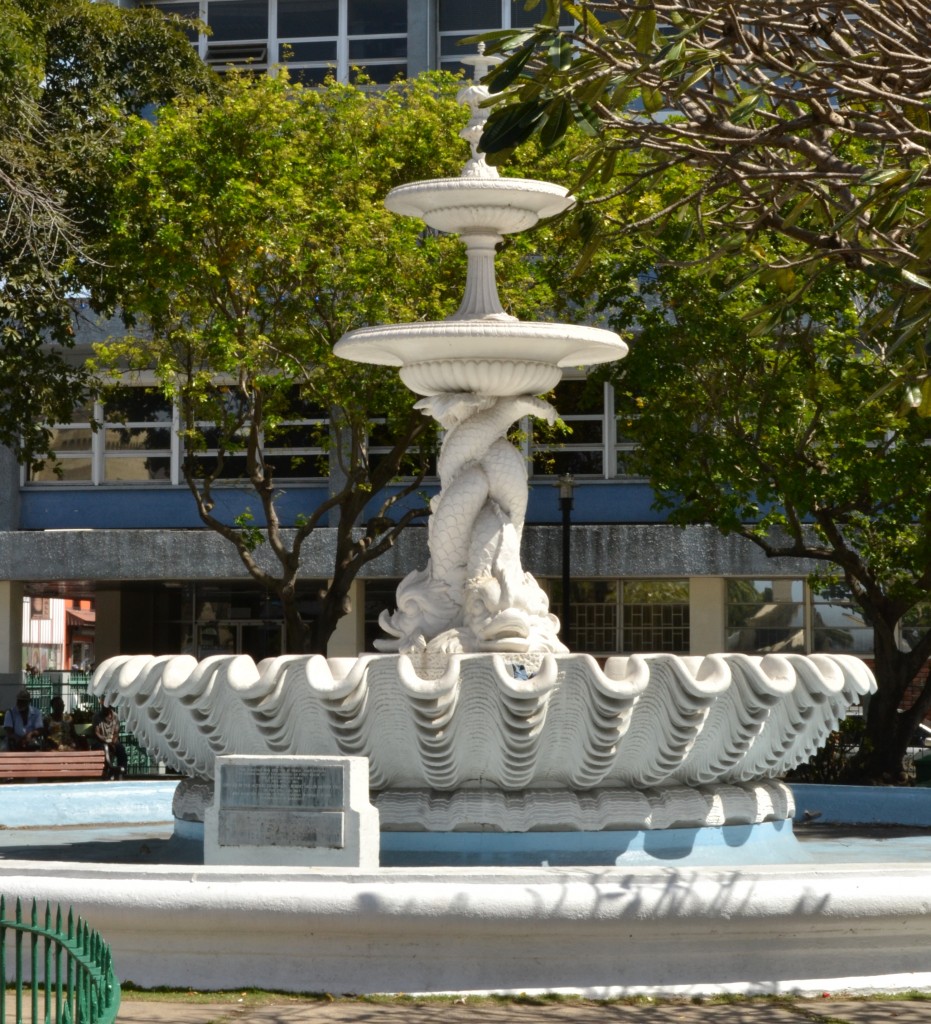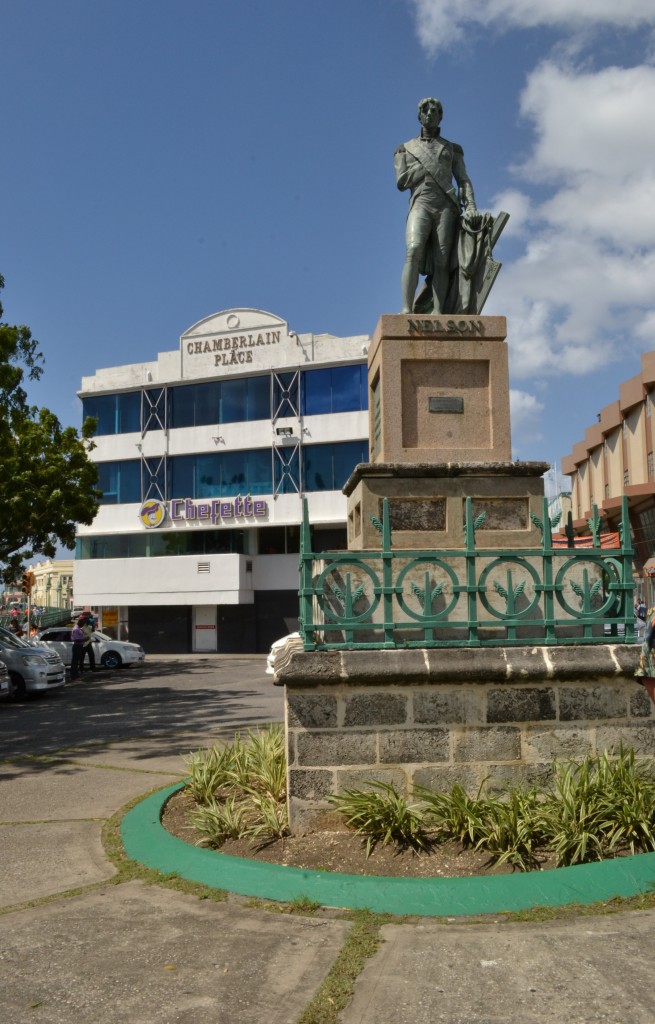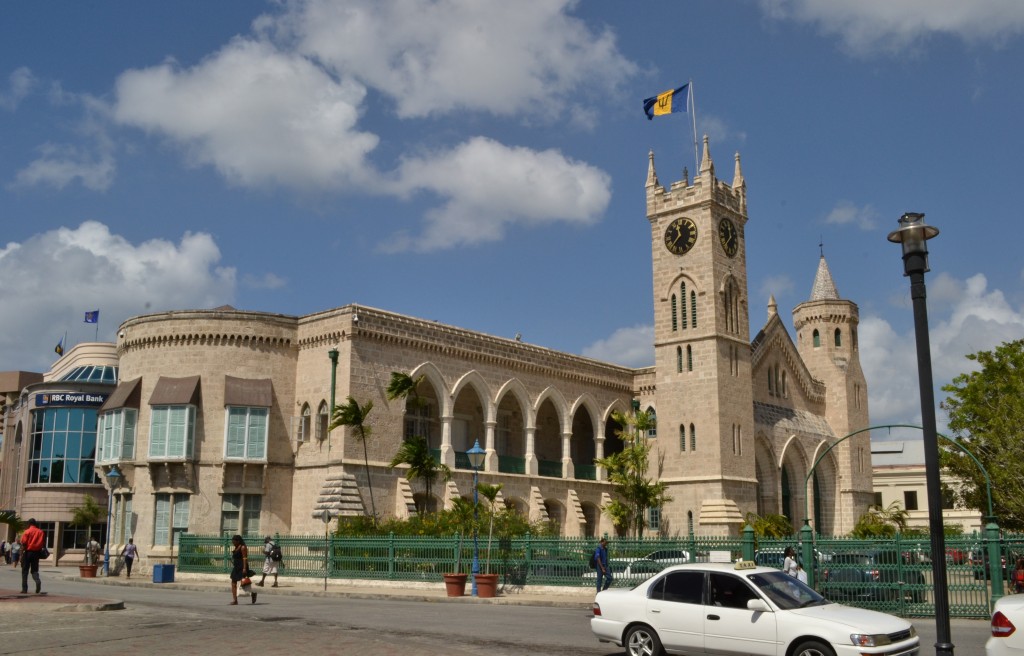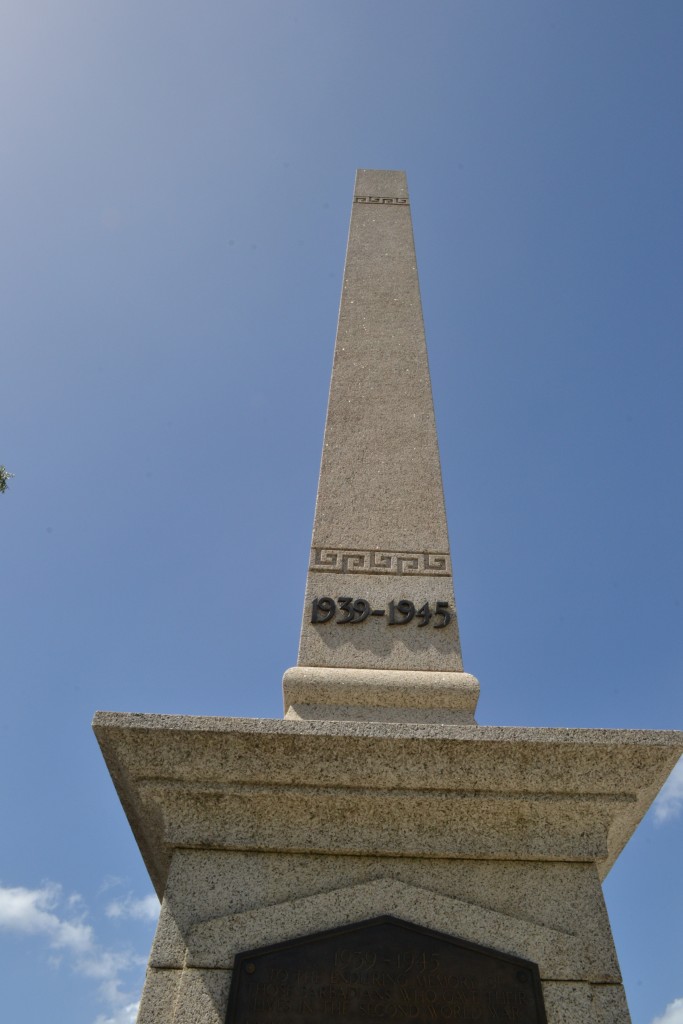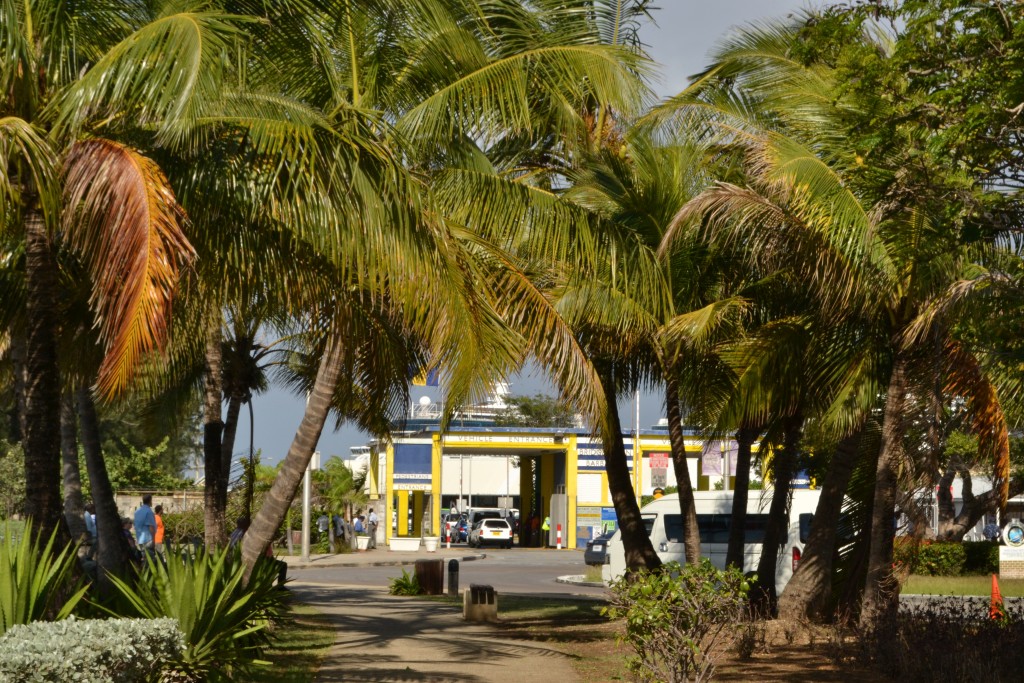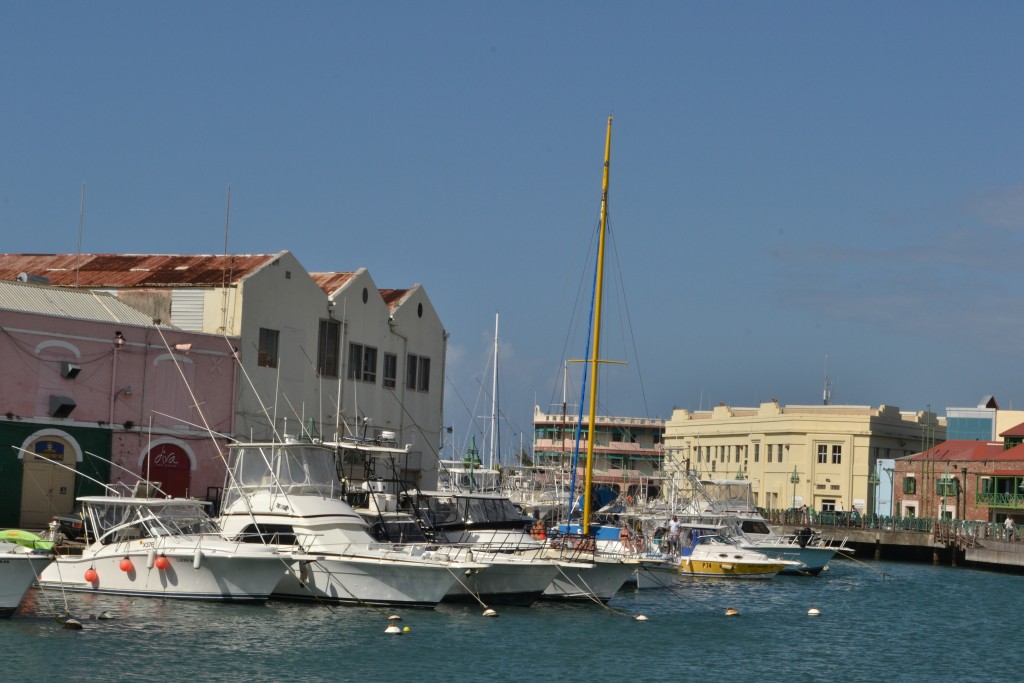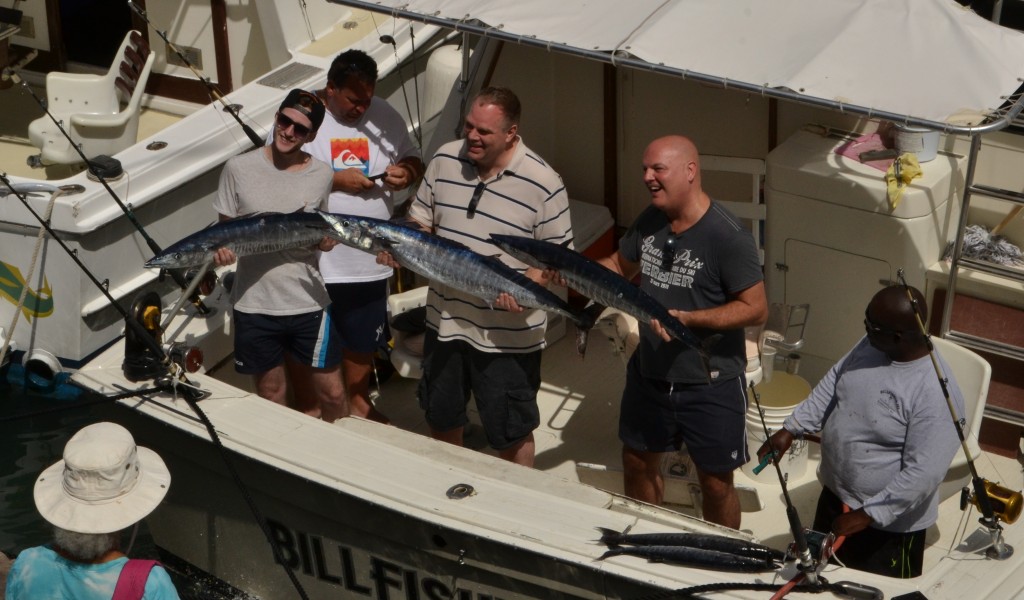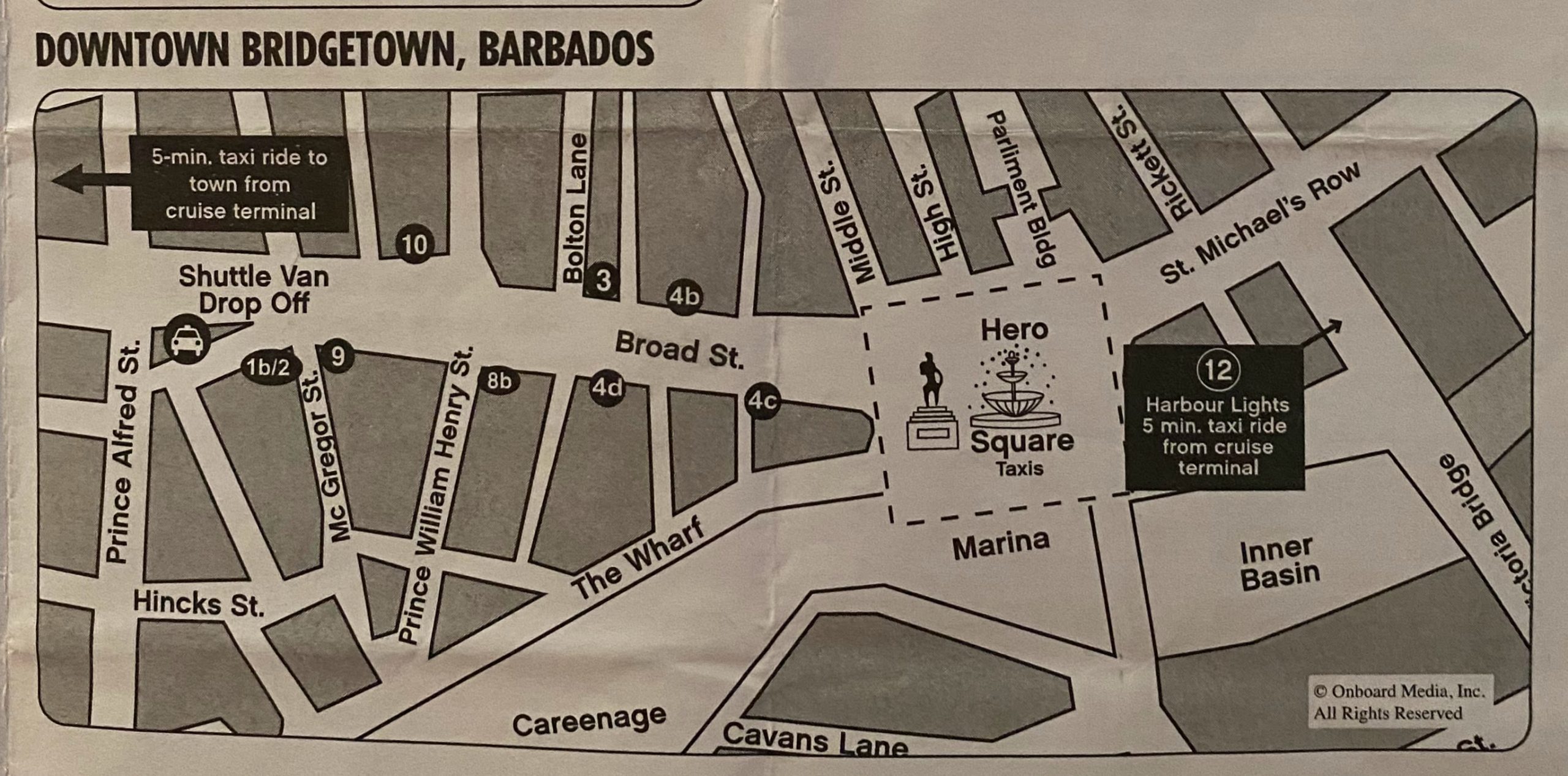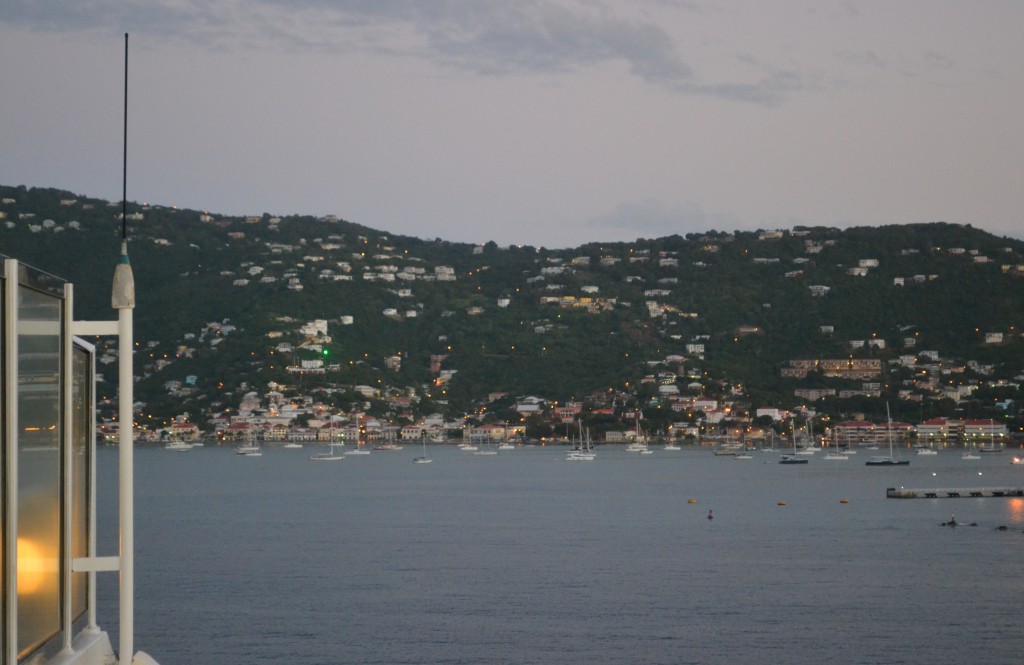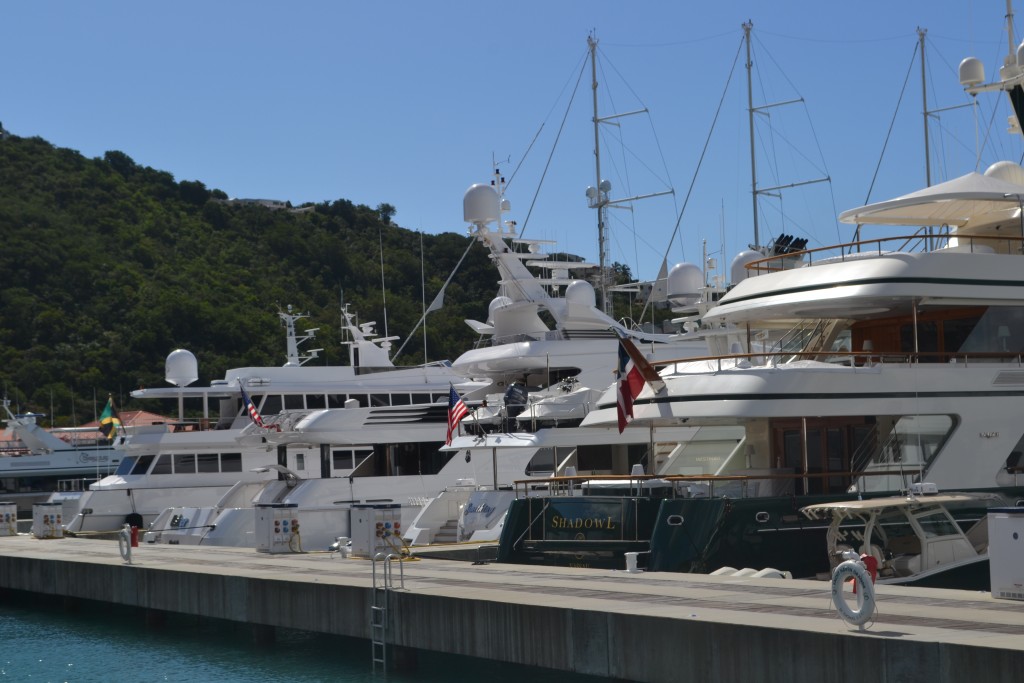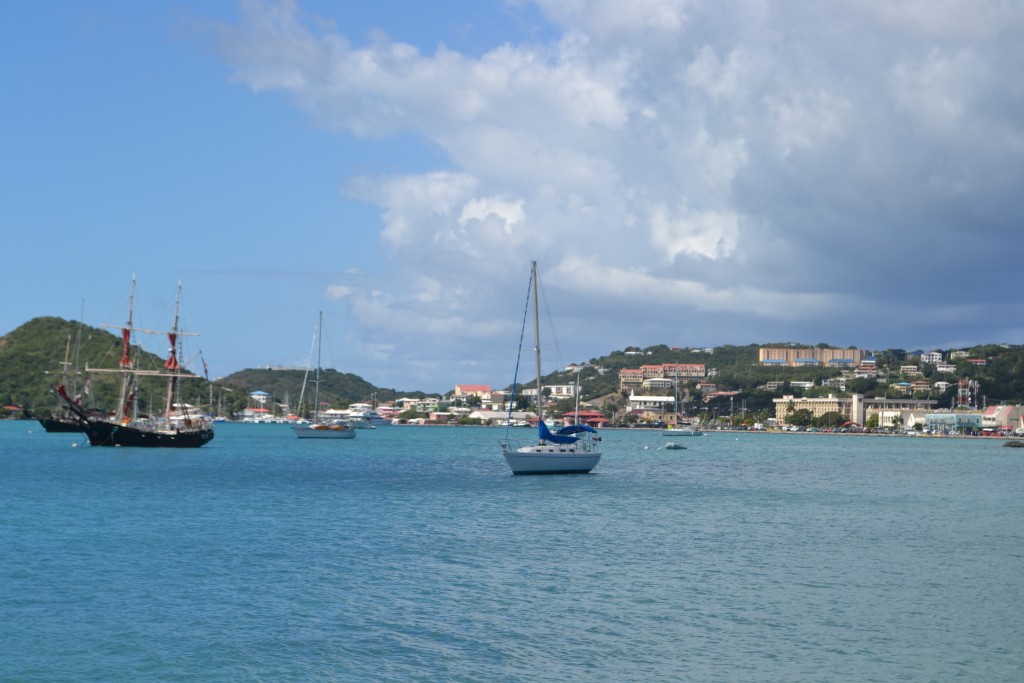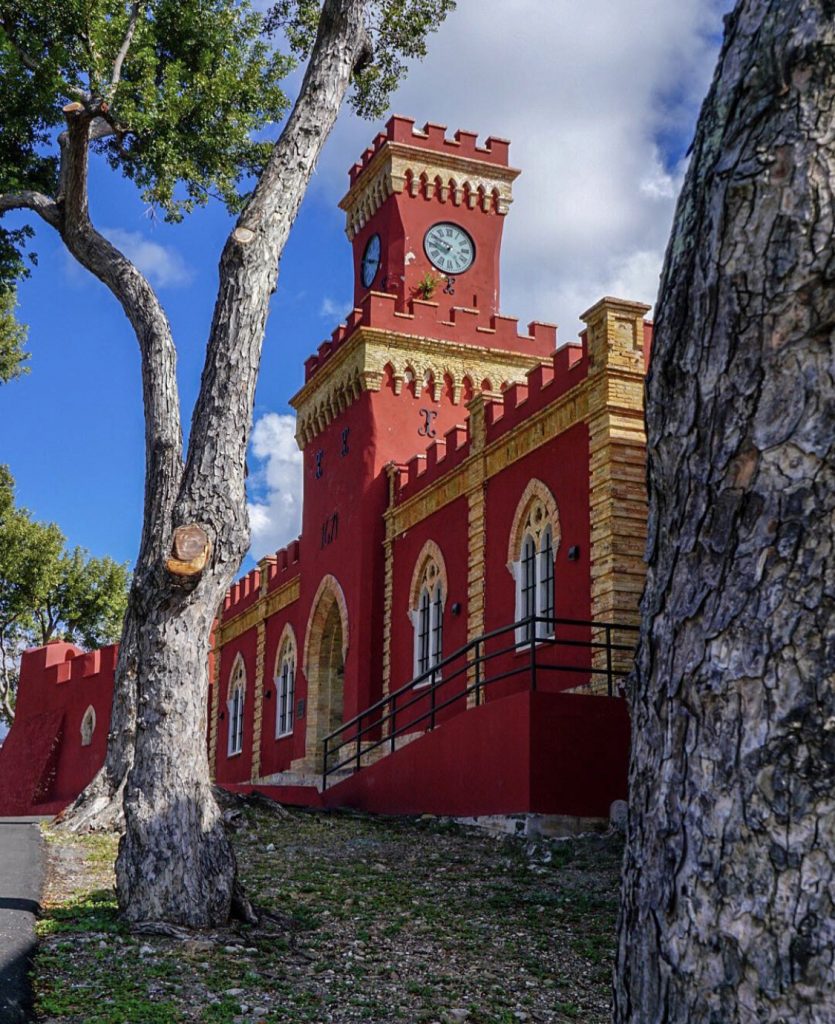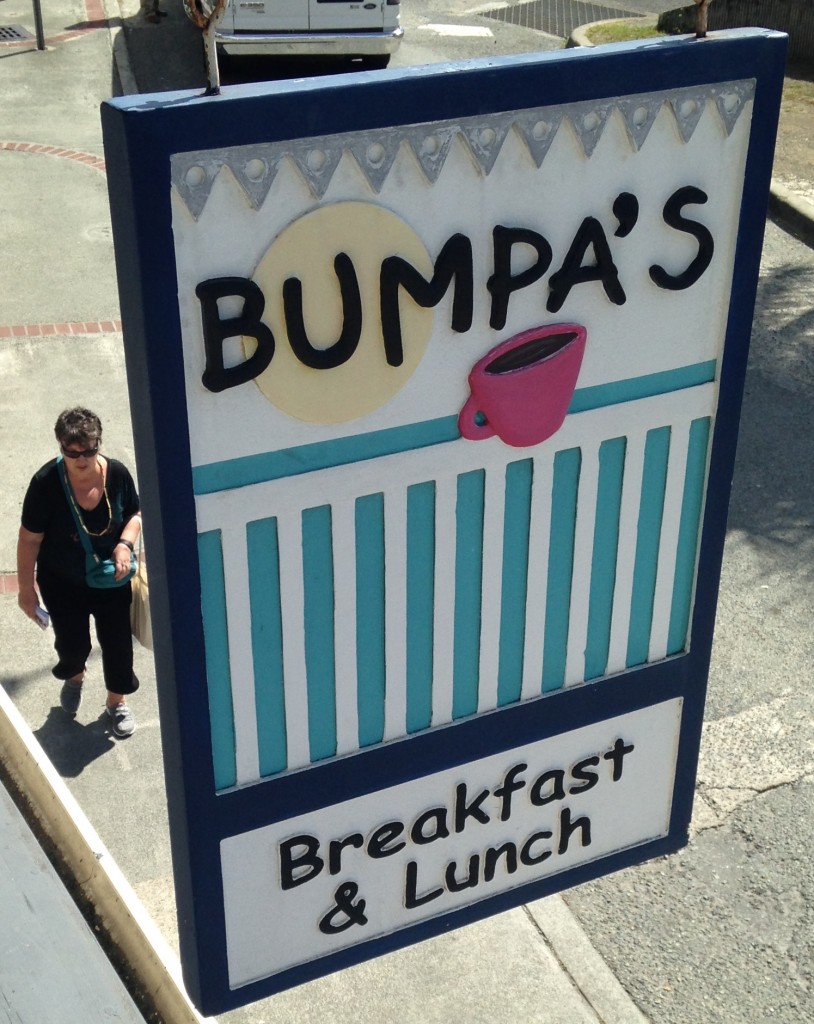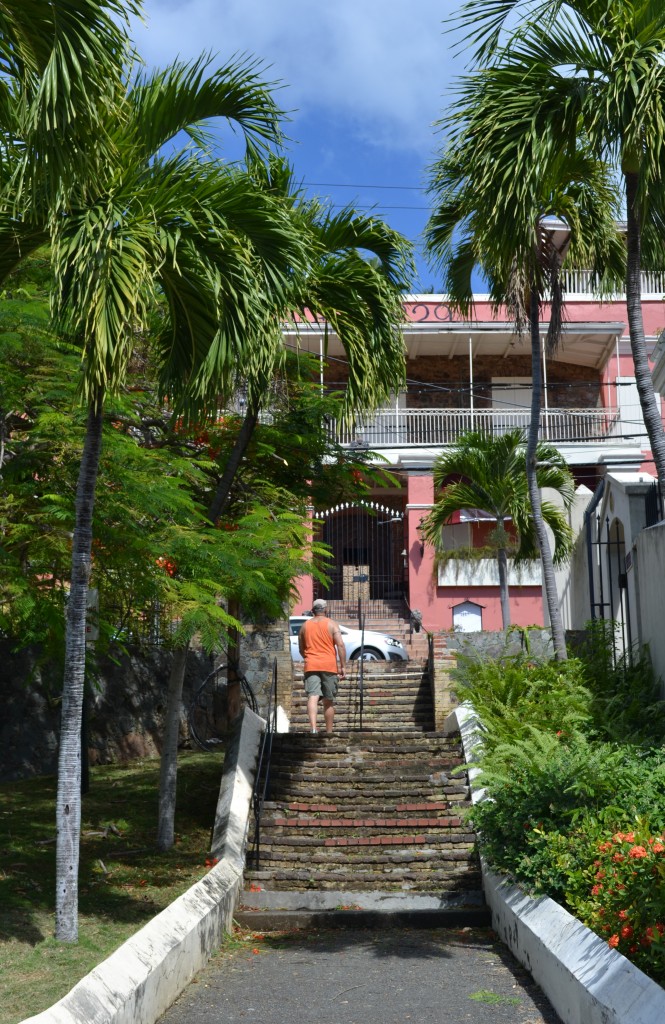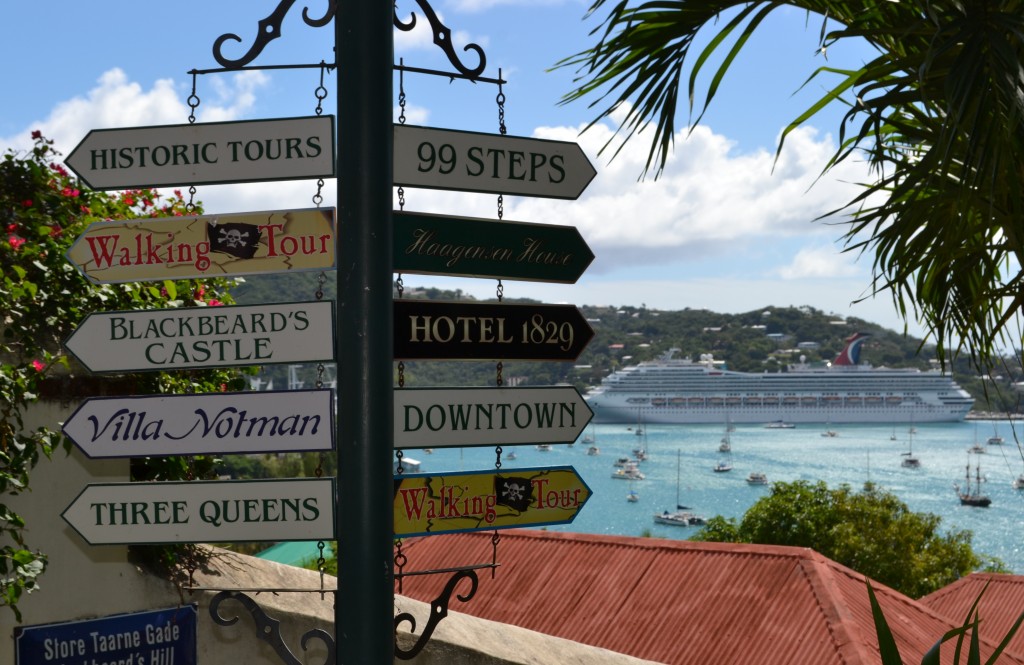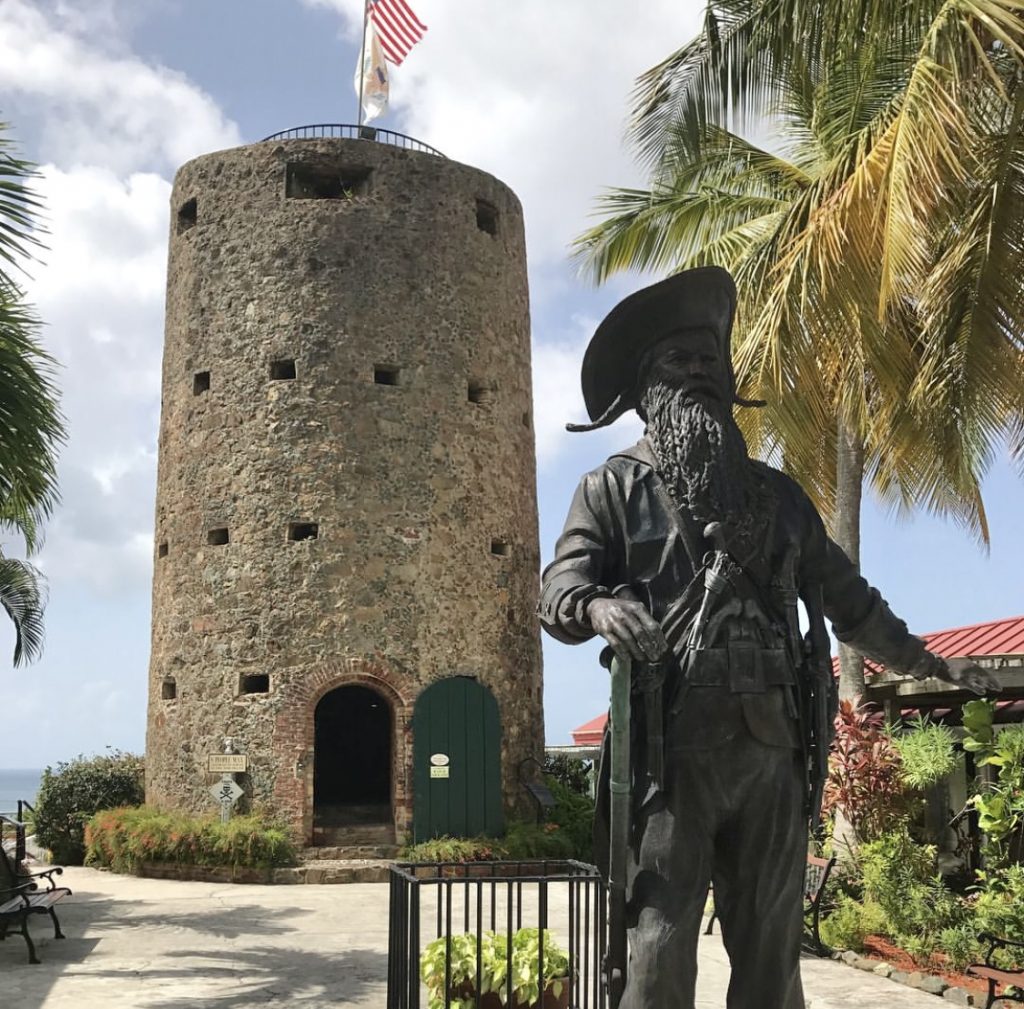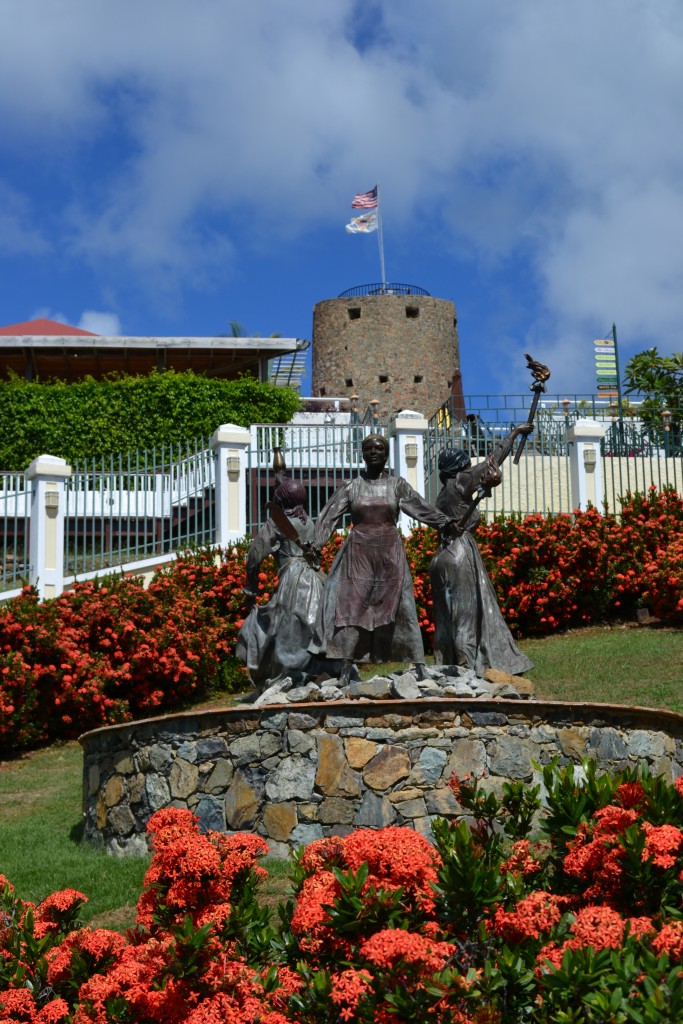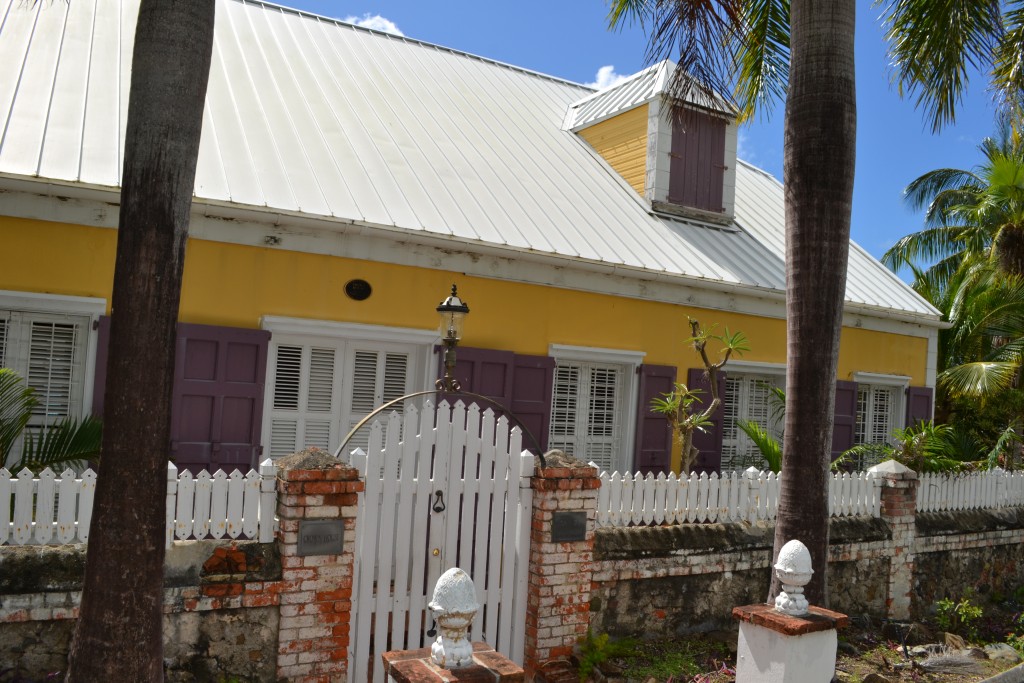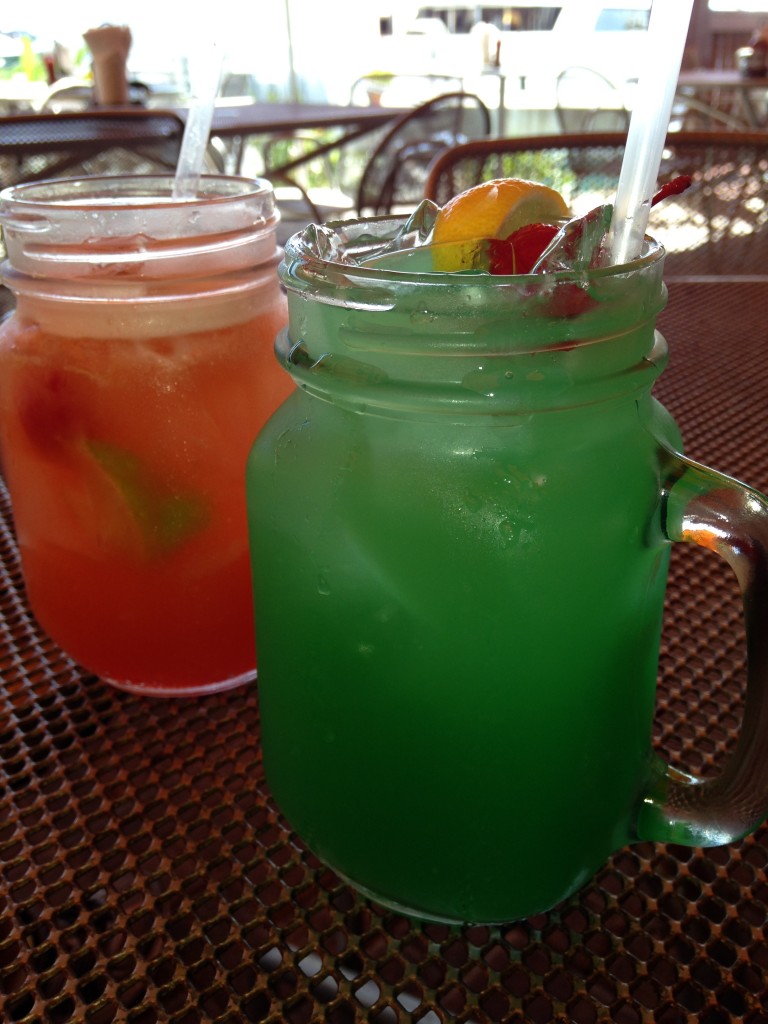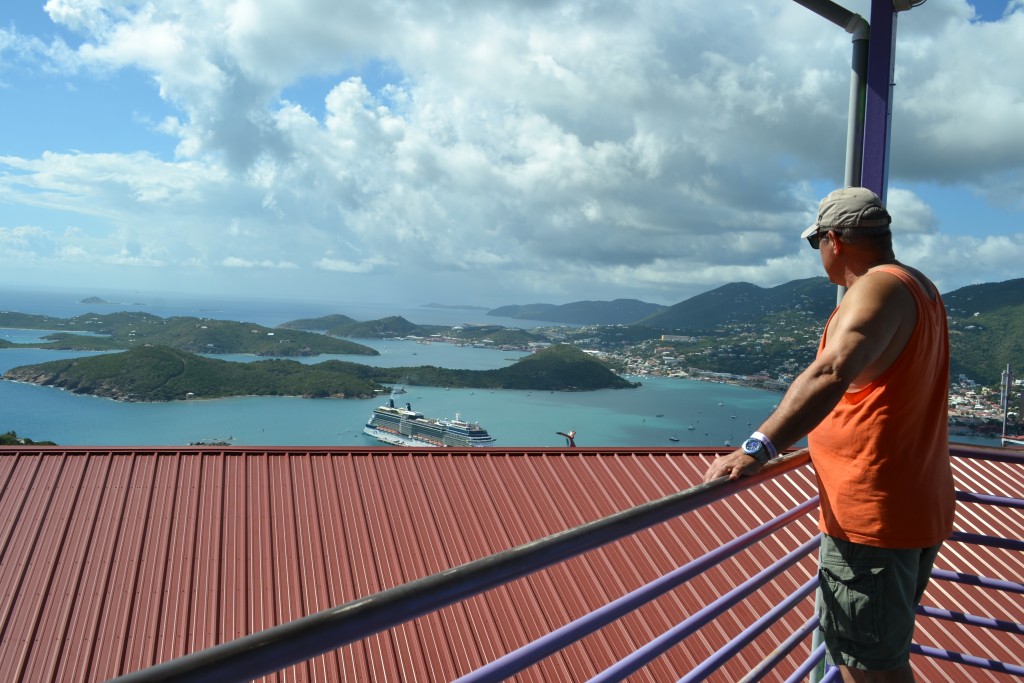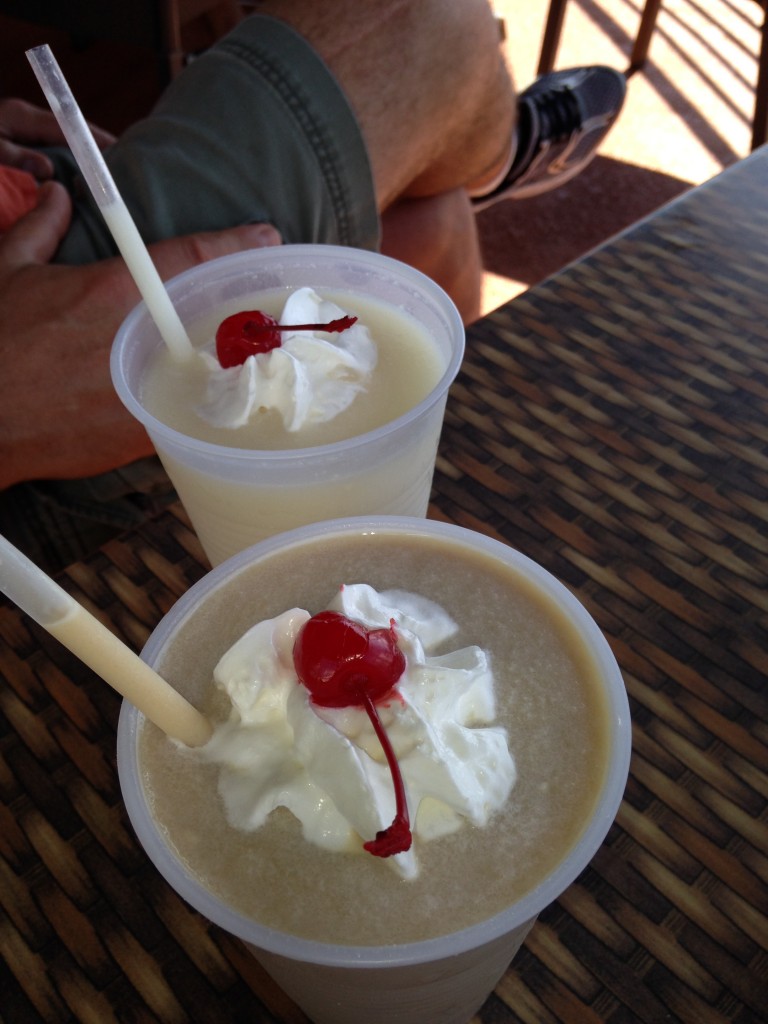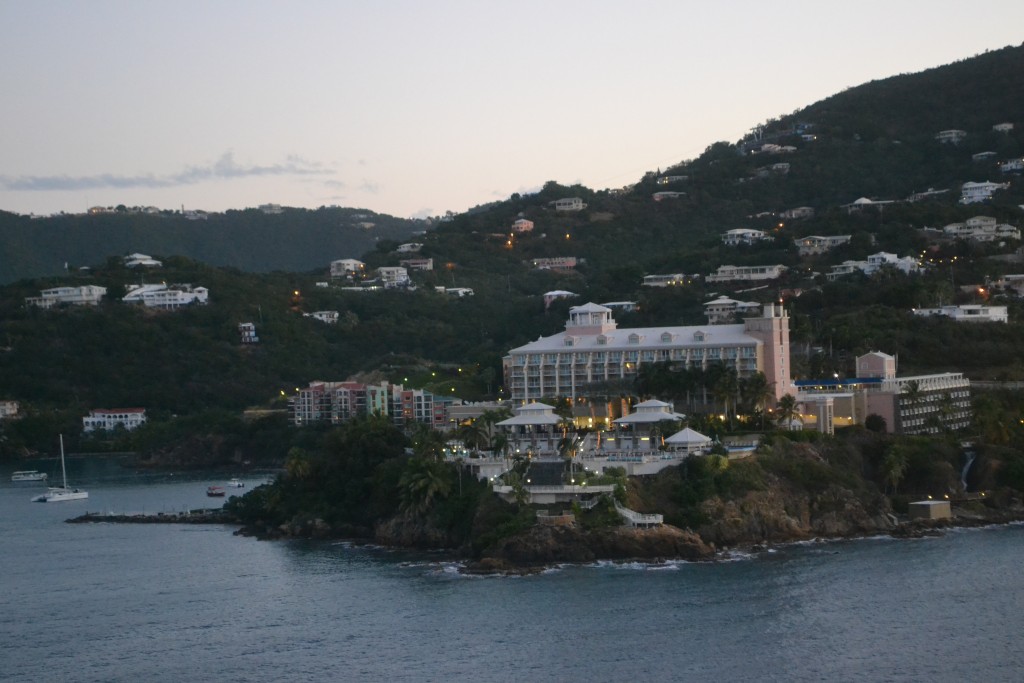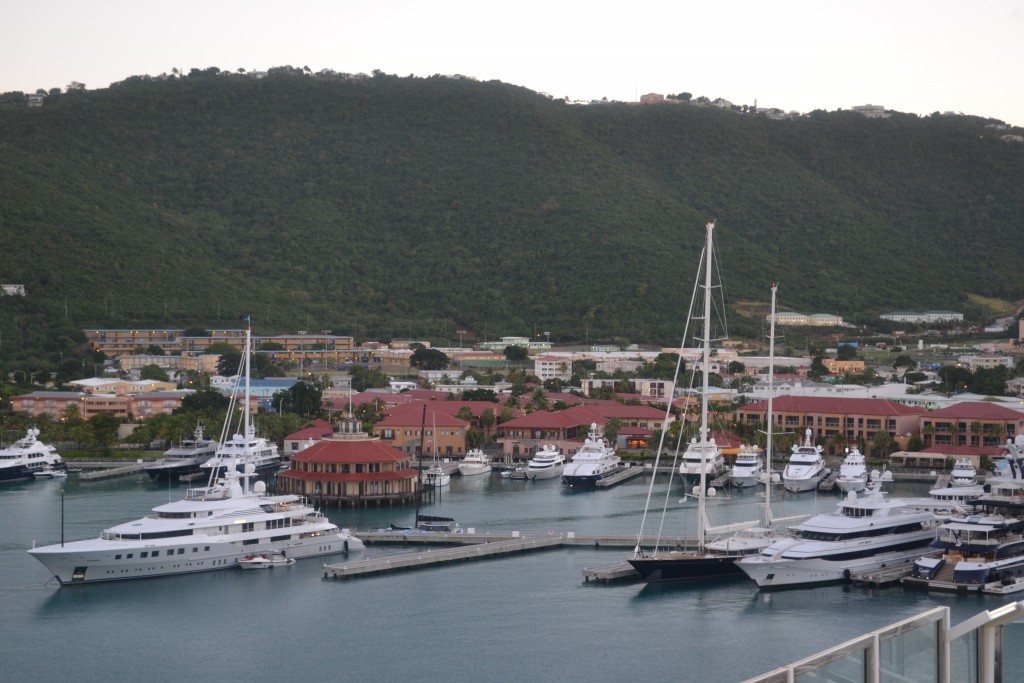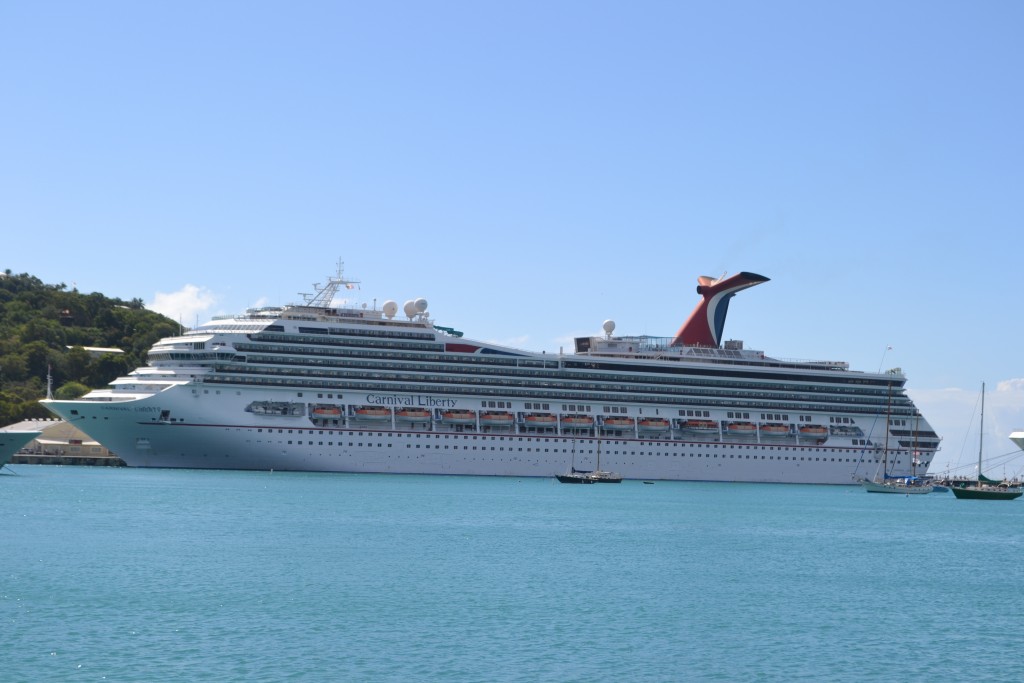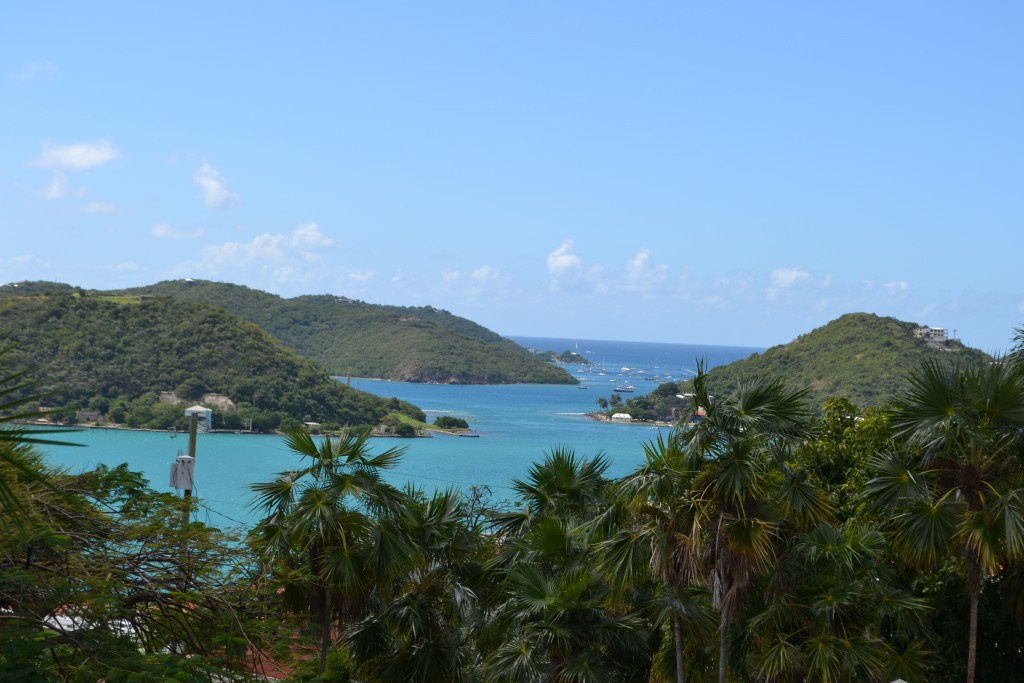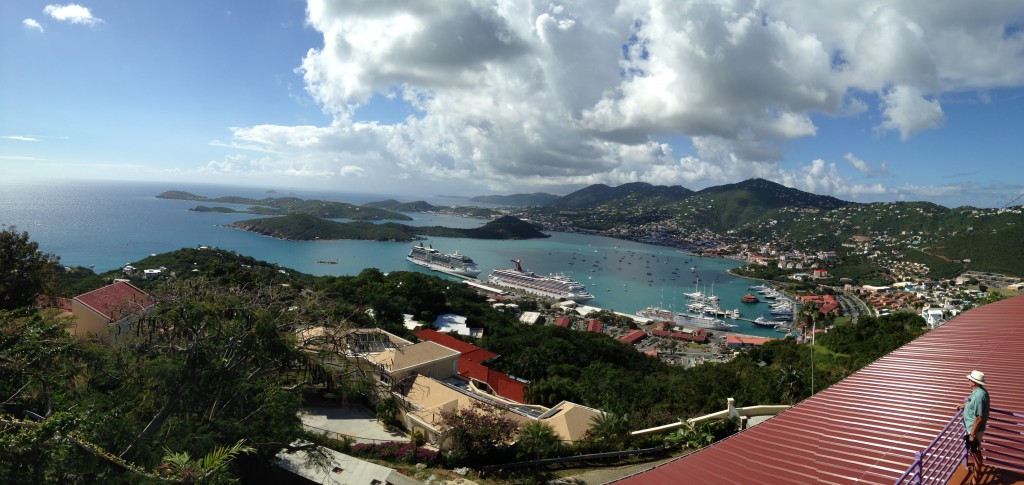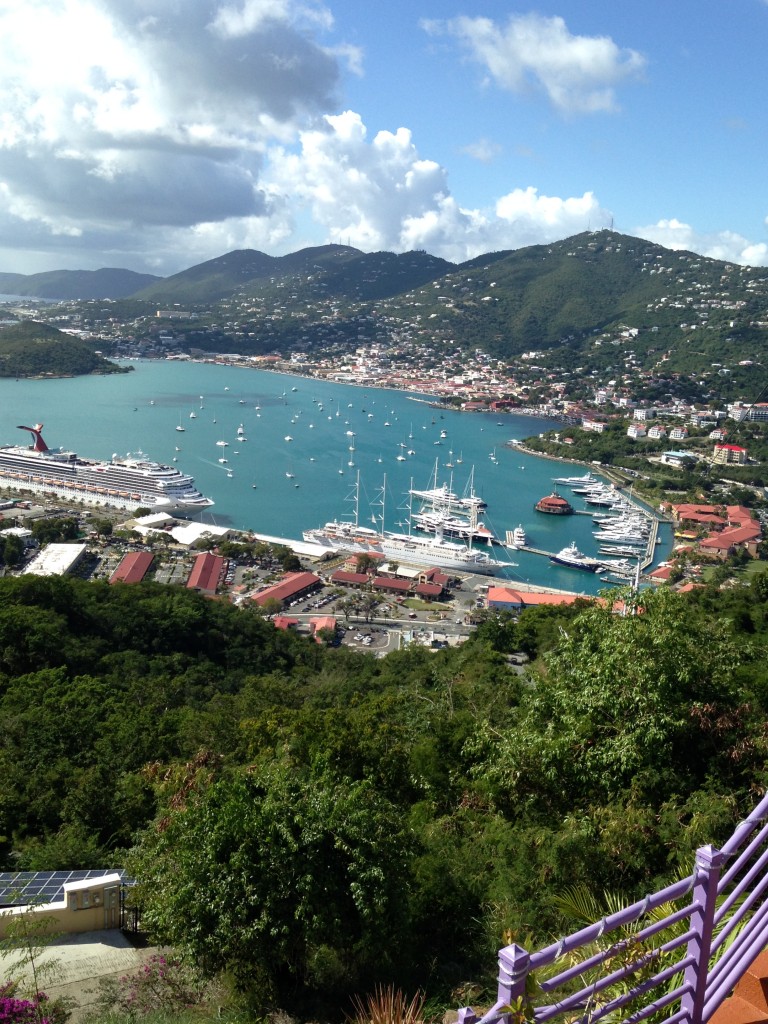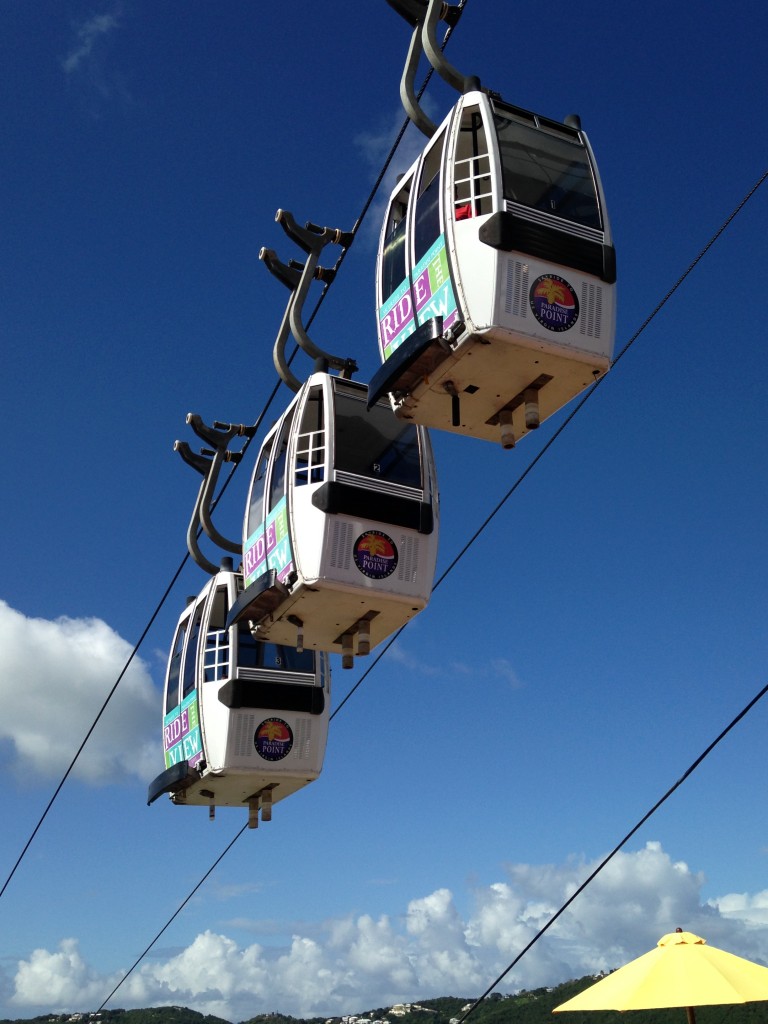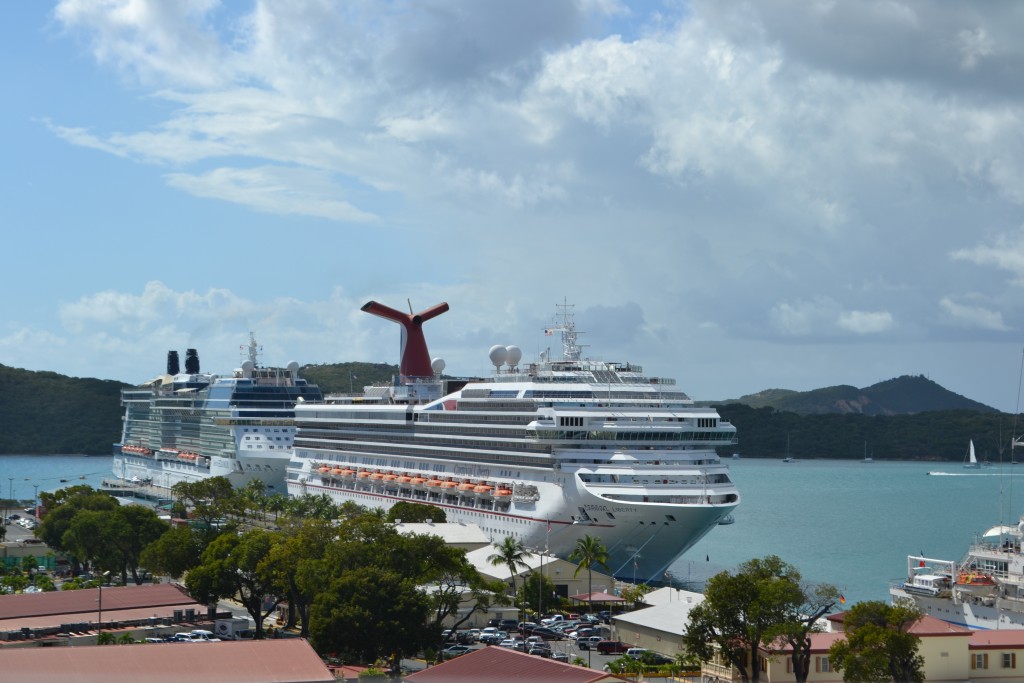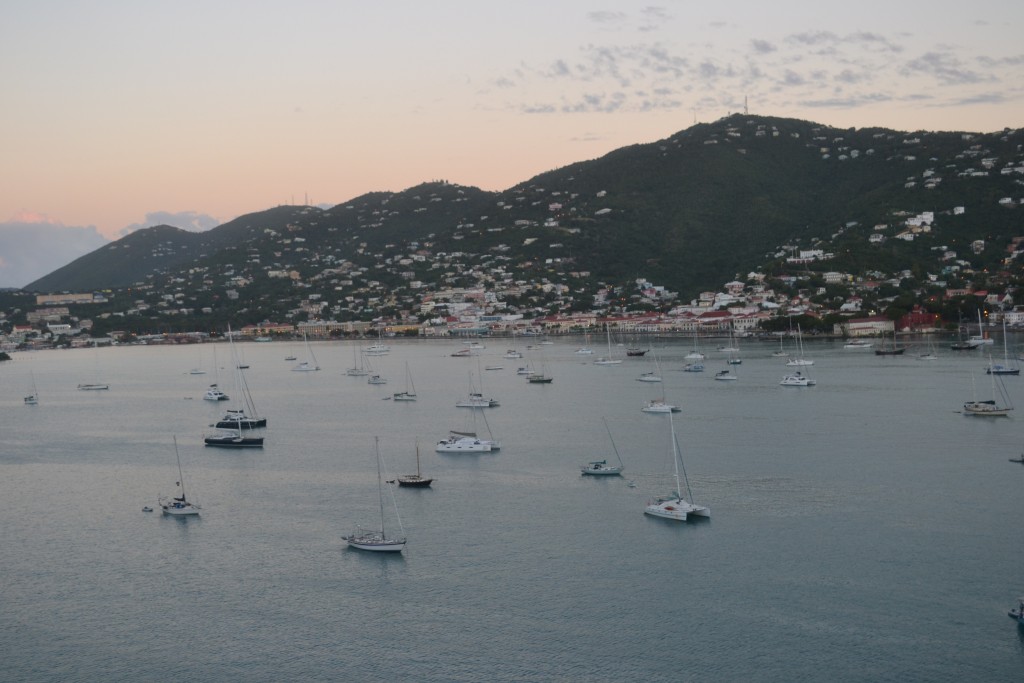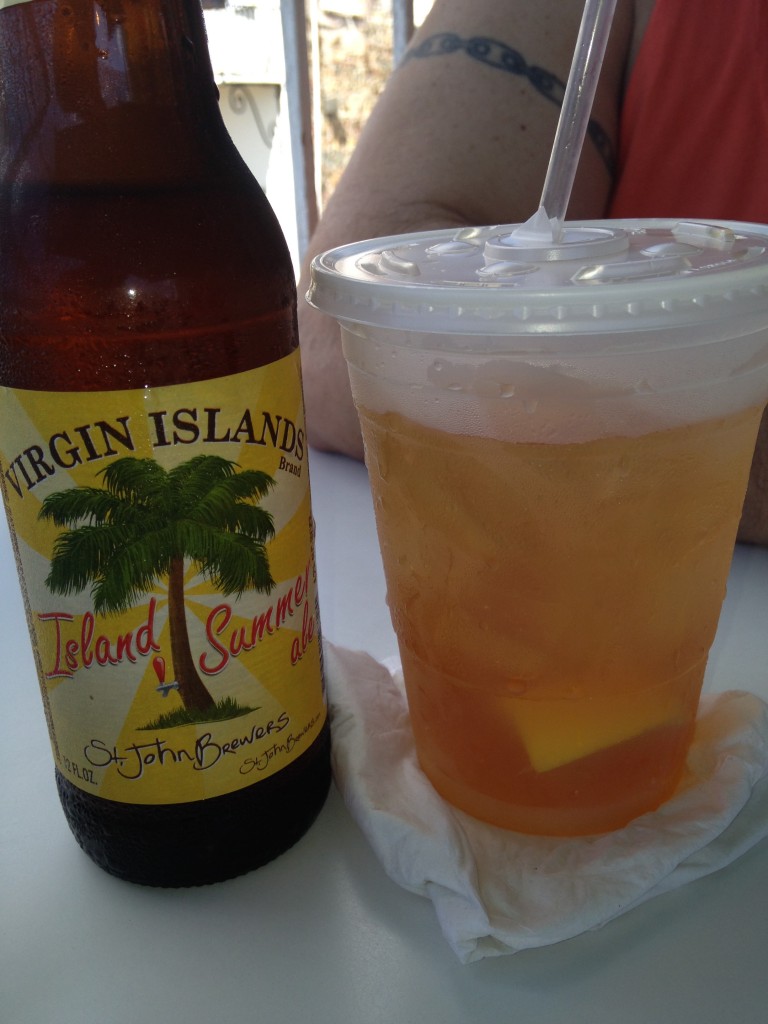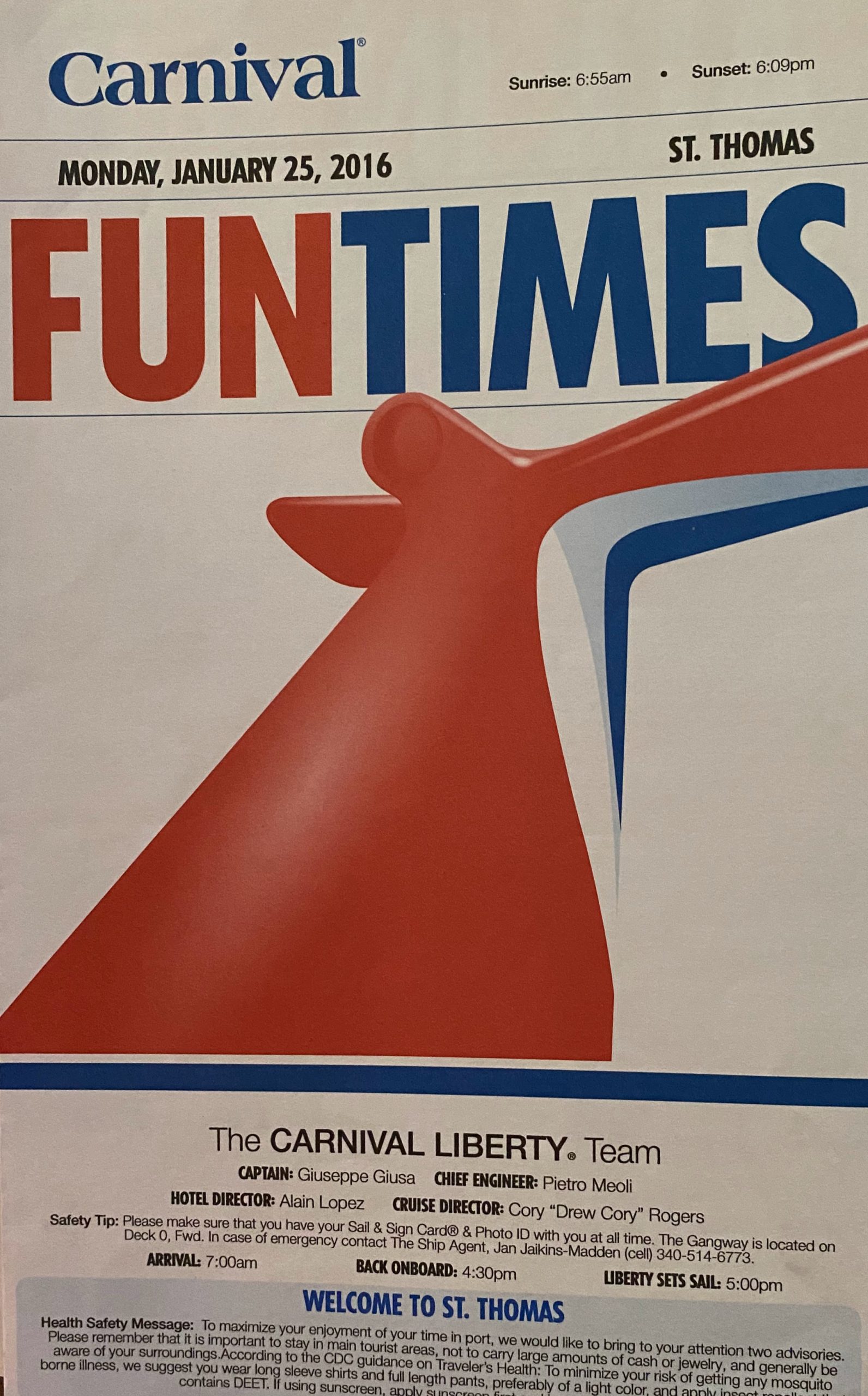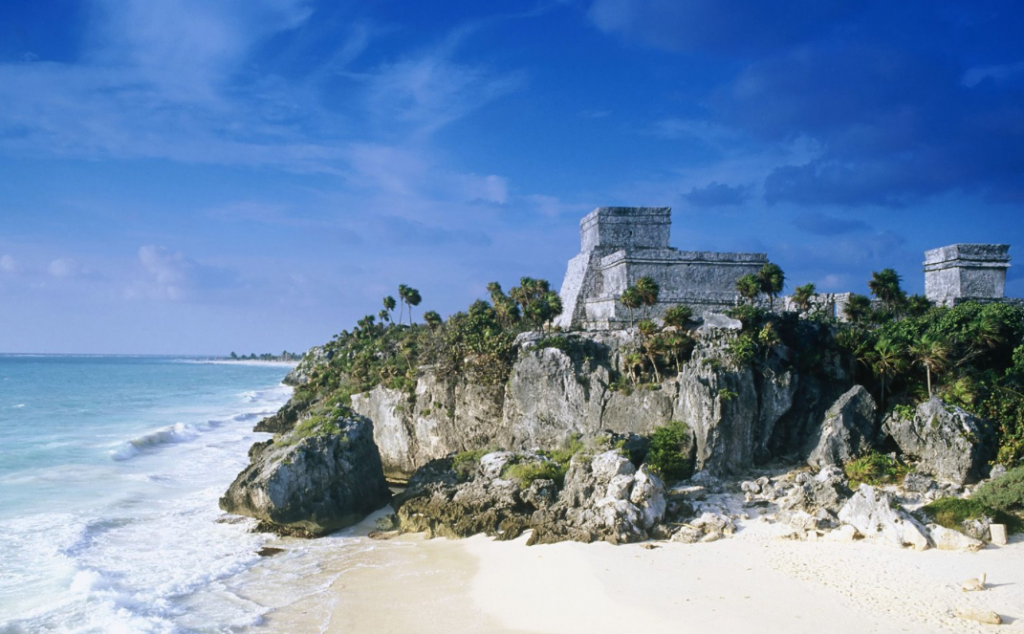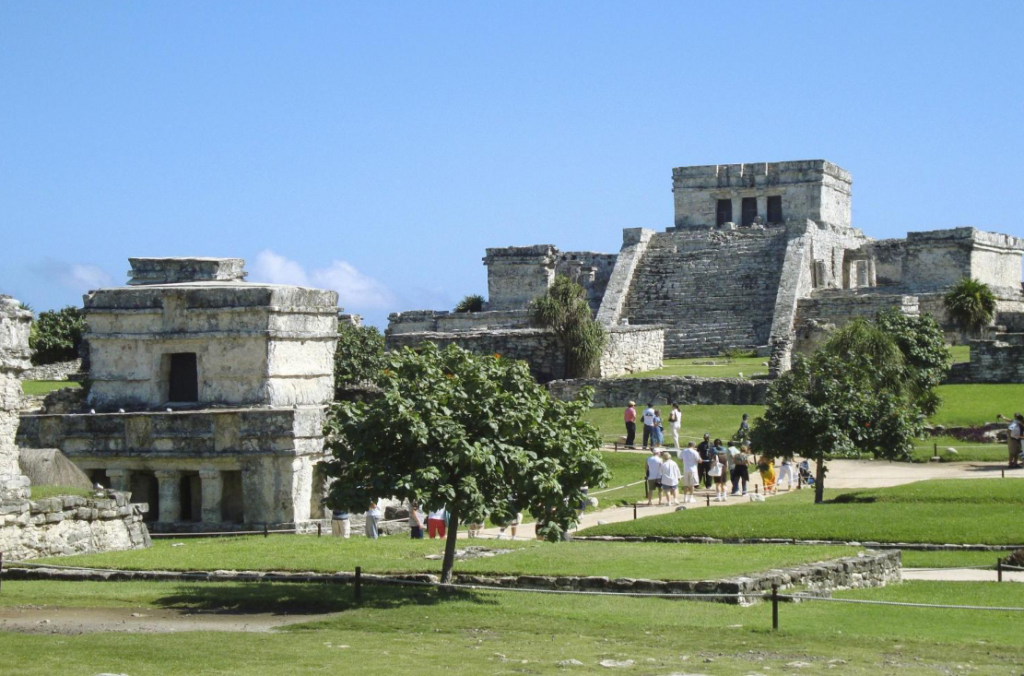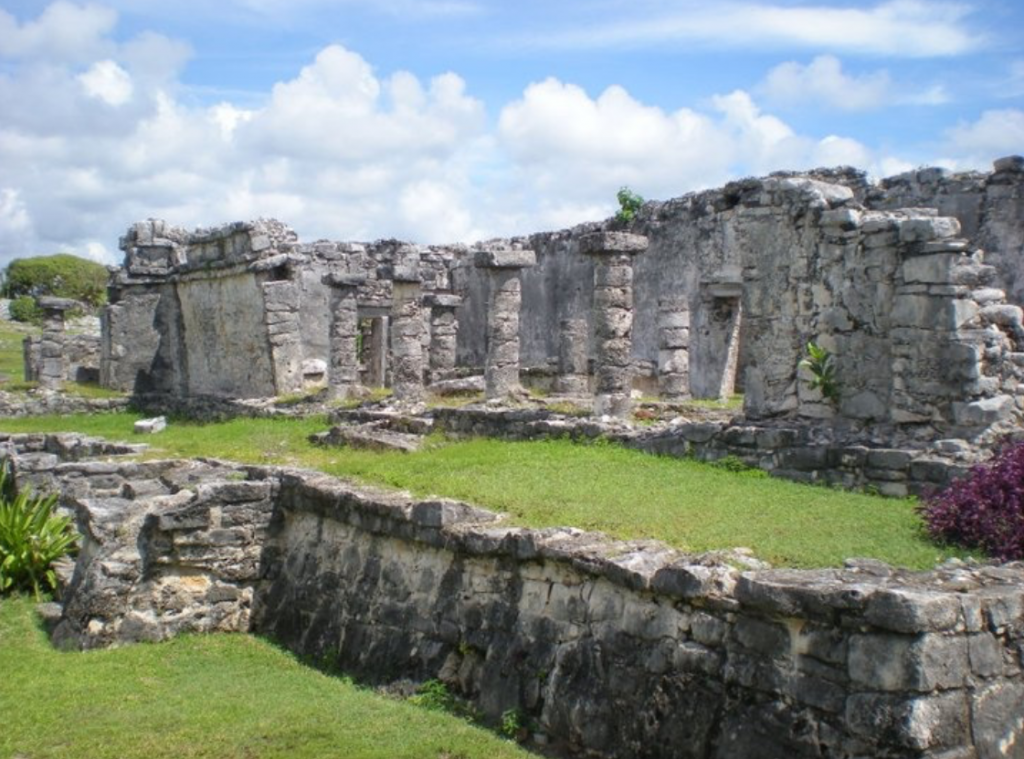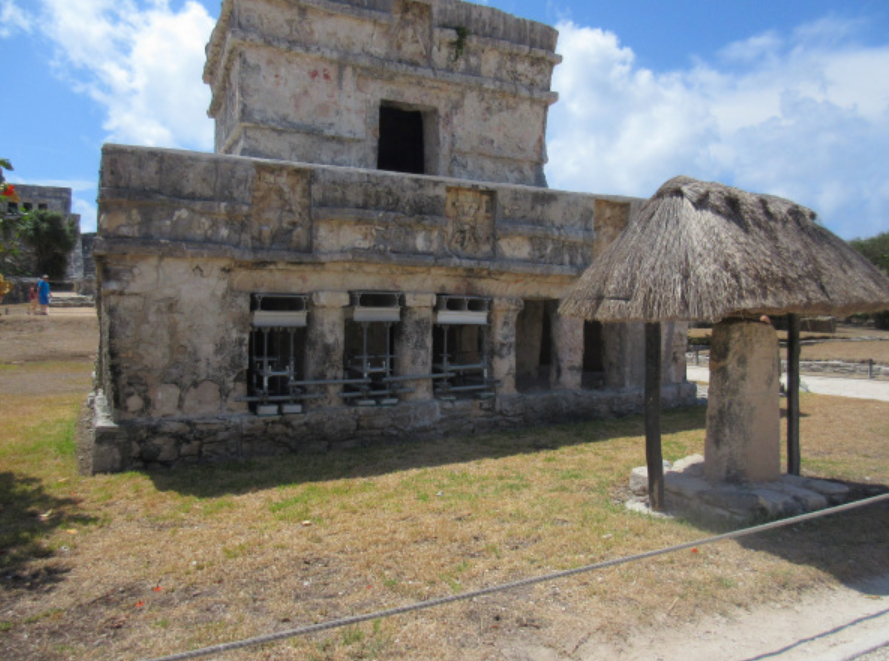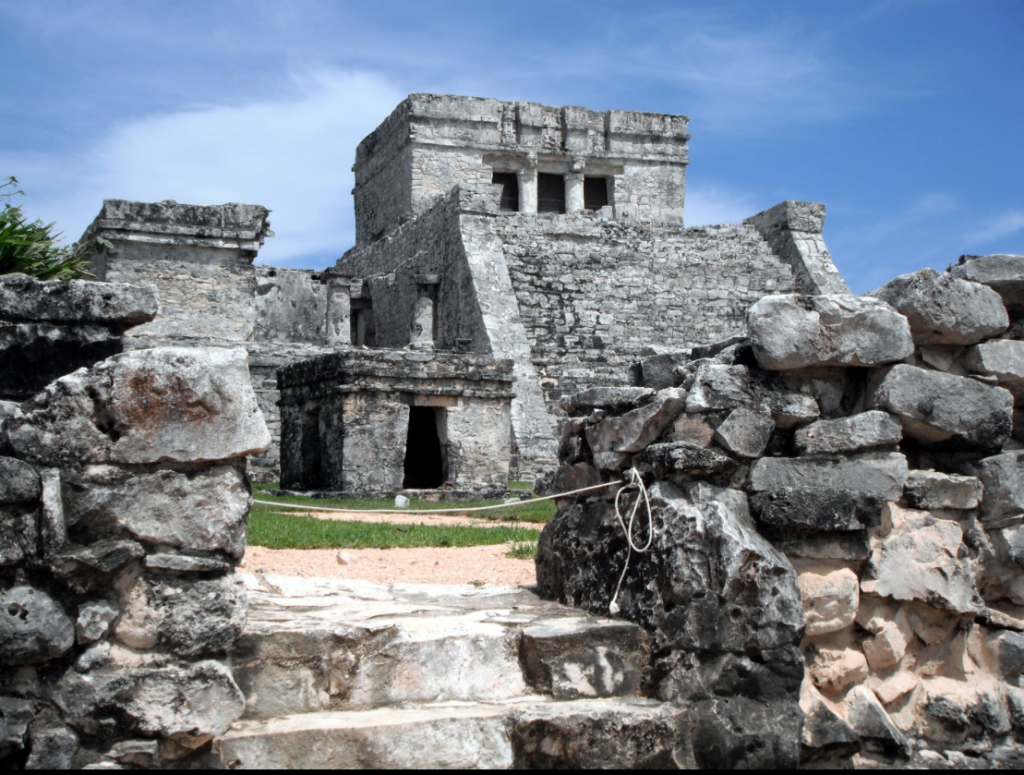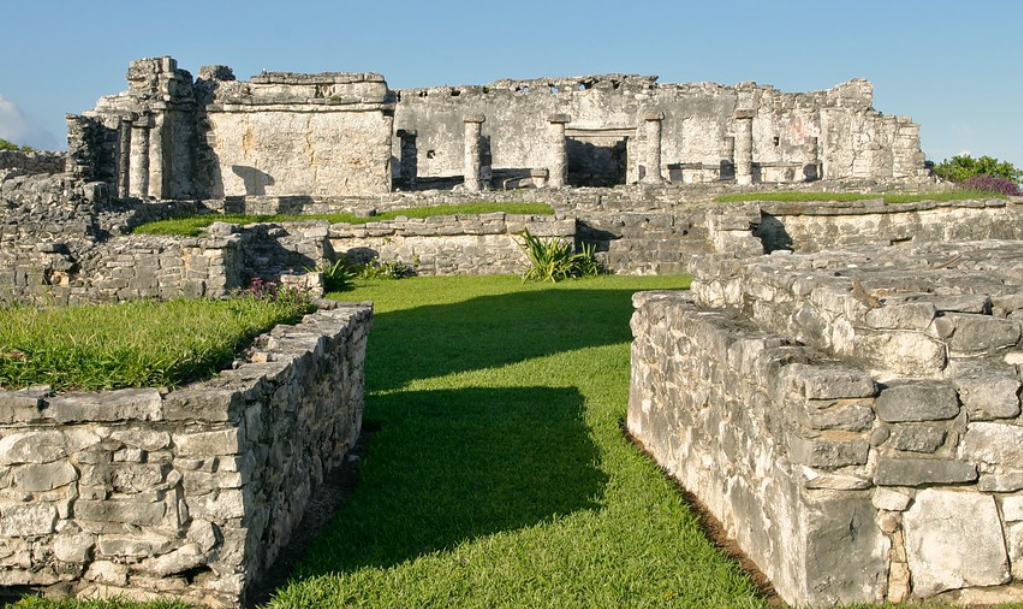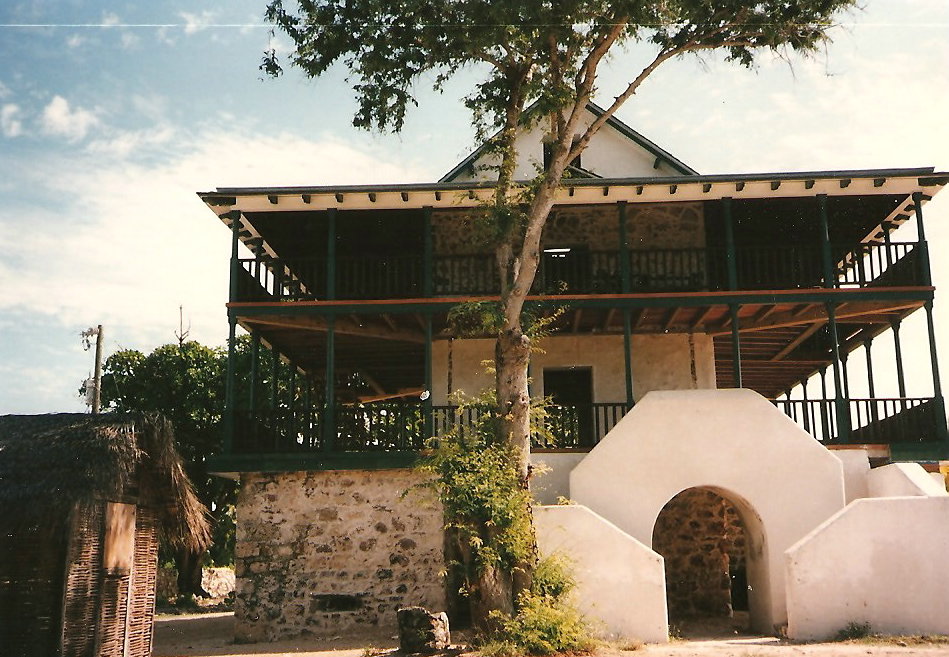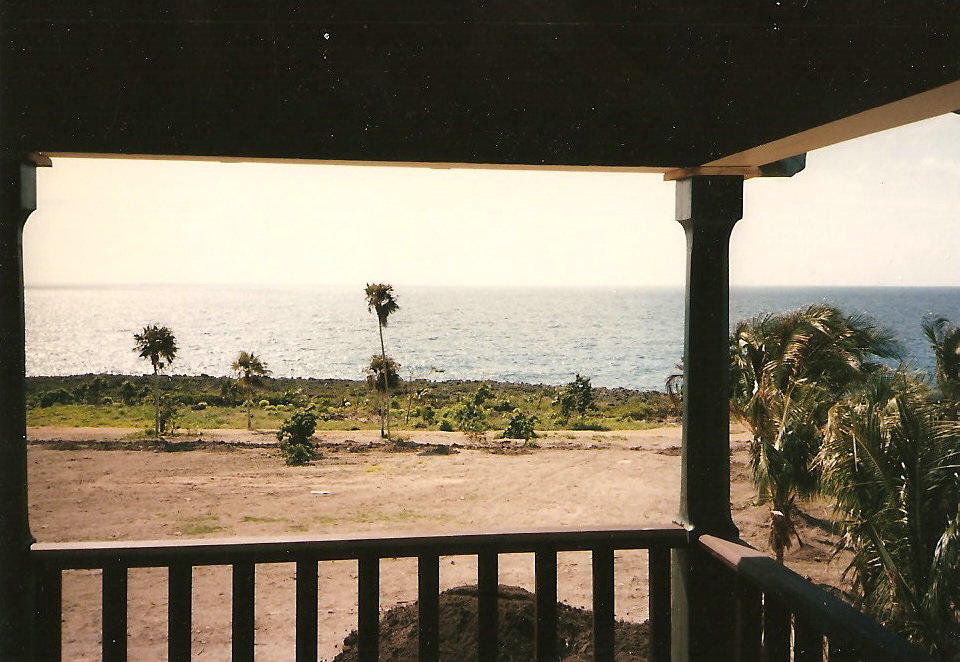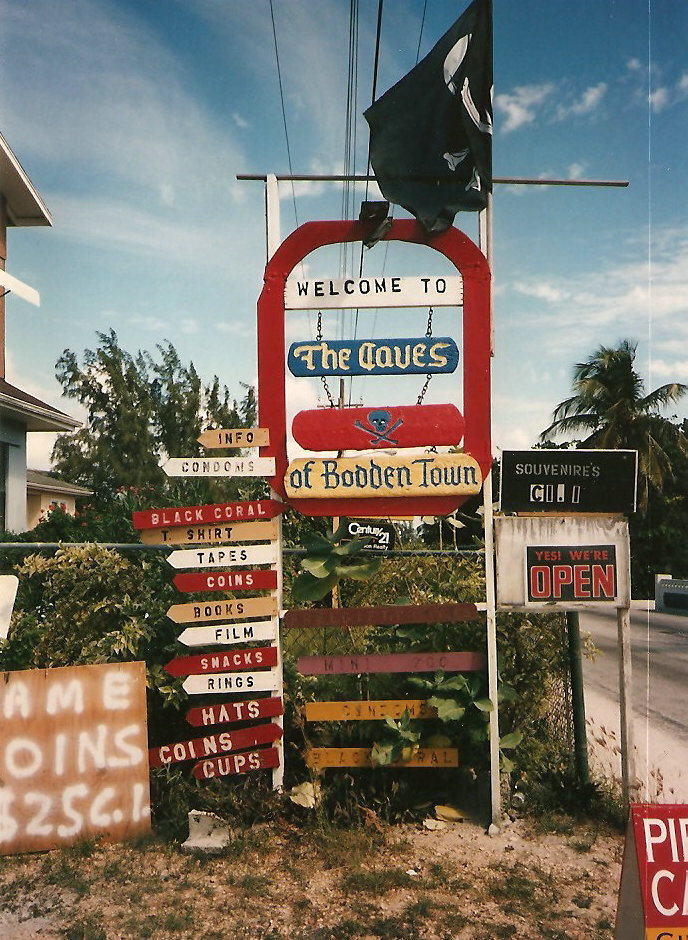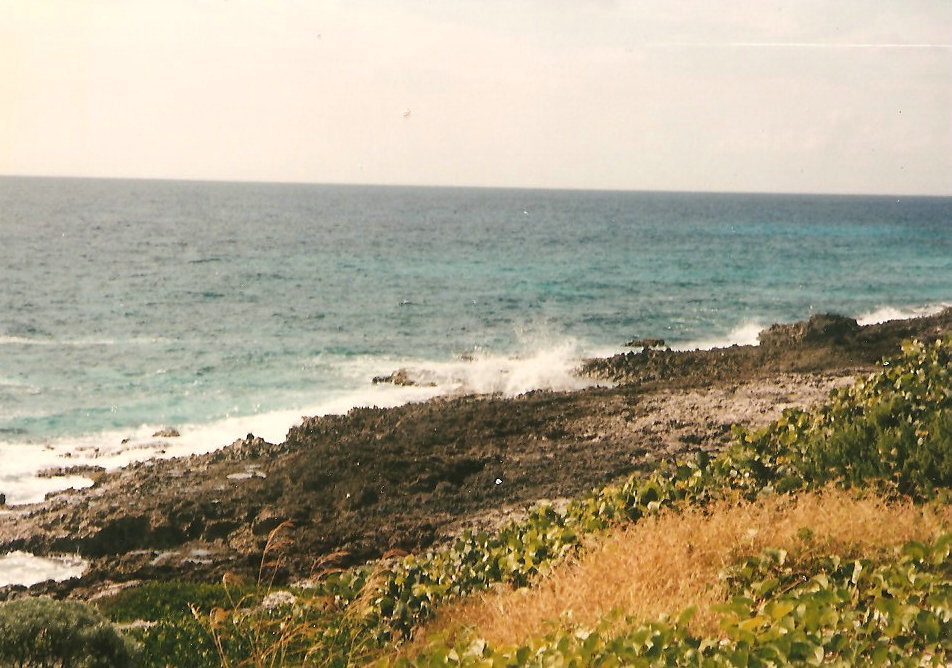San Juan’s Castillo de San Felipe del Morro is the iconic representation of a city rich with history and architecture. The fort, also known as El Morro, has lasted over 400 years, protecting the southwestern side of the island from invaders and pirates. But what was the reason that a fort was built here in the first place? It was strategically located between the continent of Europe and the New World where ships could seek shelter, water and supplies and it was determined, that occupation of this land would give wealth to the country that controlled this entrance into the Caribbean Sea.
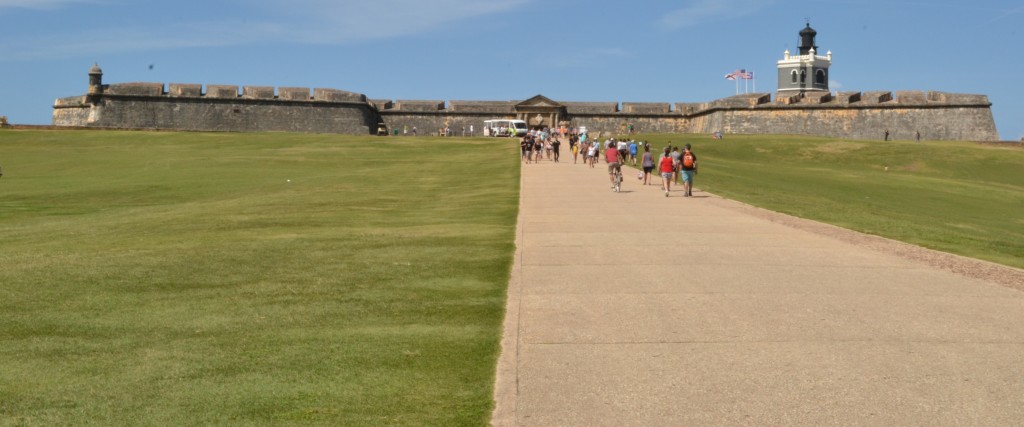
It was in 1493 when Christopher Columbus came to the island and first claimed it for Spain. Puerto Rico would later fall to the British and Dutch, but only for very short periods of time. During the Dutch attack in 1623, hundreds of Dutch and Spanish soldiers gave their lives. It wasn’t until the 1800’s that Spain would cede ownership of the island to the United States of America, ending the Spanish-American War.
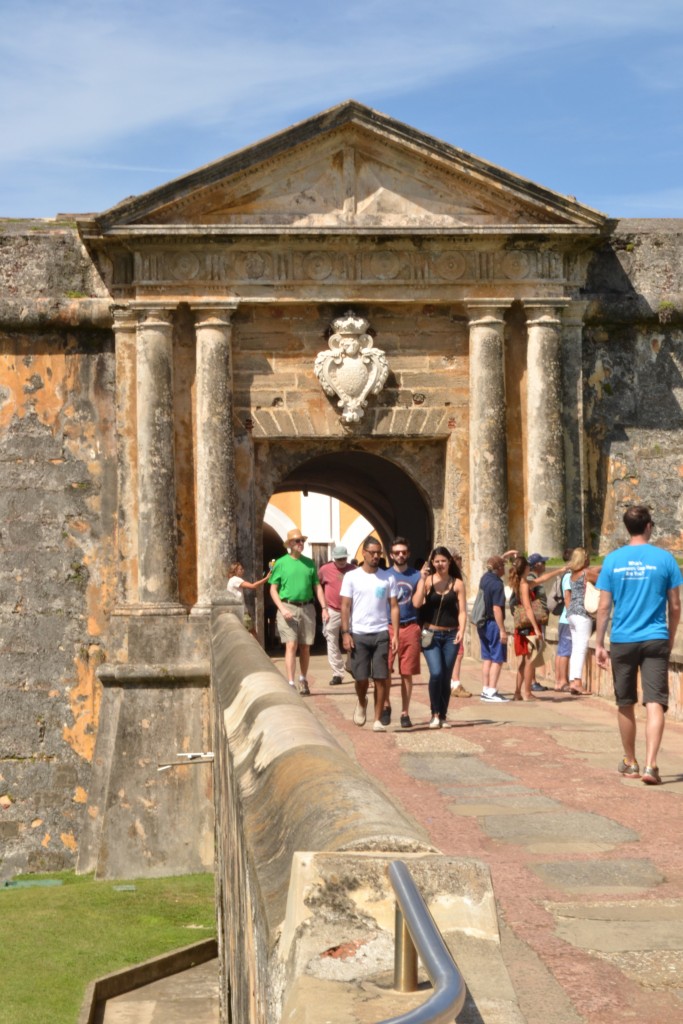
As I walked through the Greek-style entrance into the fort, I noticed the thick walls that gave an extra depth to the fortification of the city. It would take Spain over 250 years to build El Morro. The structure that stands today is similar to the how the fort would have looked in 1790.
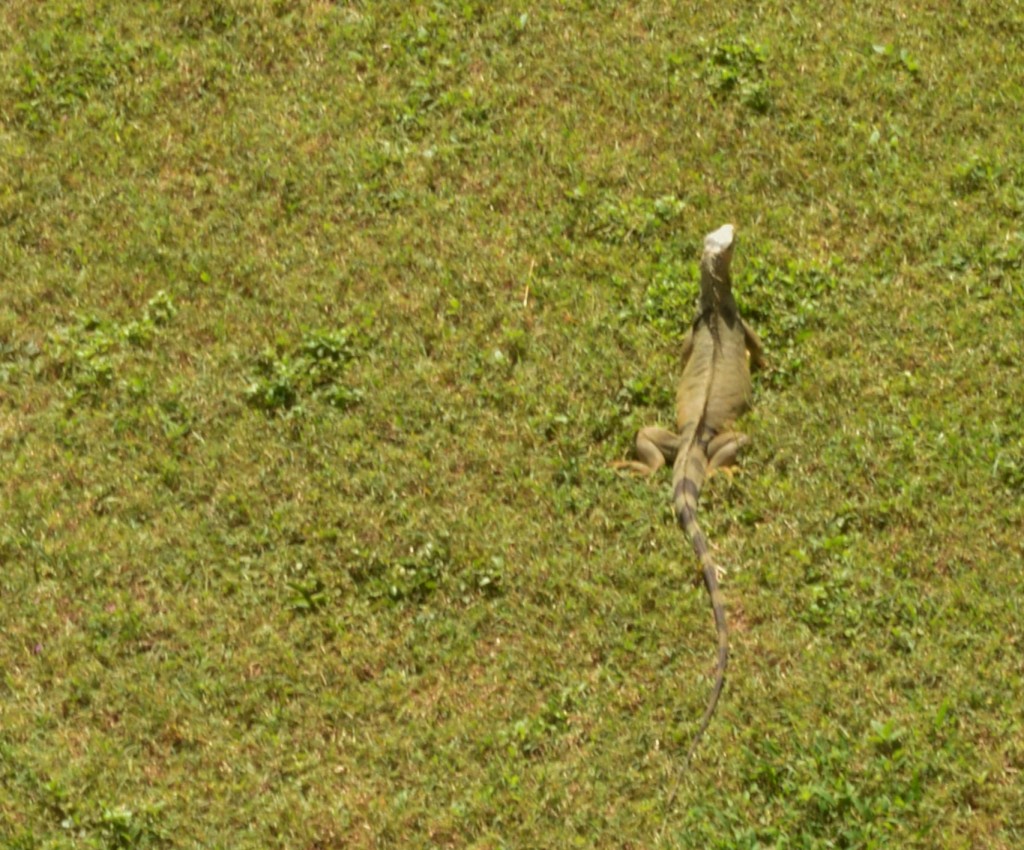
I was so interested in the structure of the fort that I hardly noticed the large iguanas on the interior lawn of El Morro. I also noticed them climbing up the fortress wall and stopped a few times to take a closer look because they were camouflaged so well.
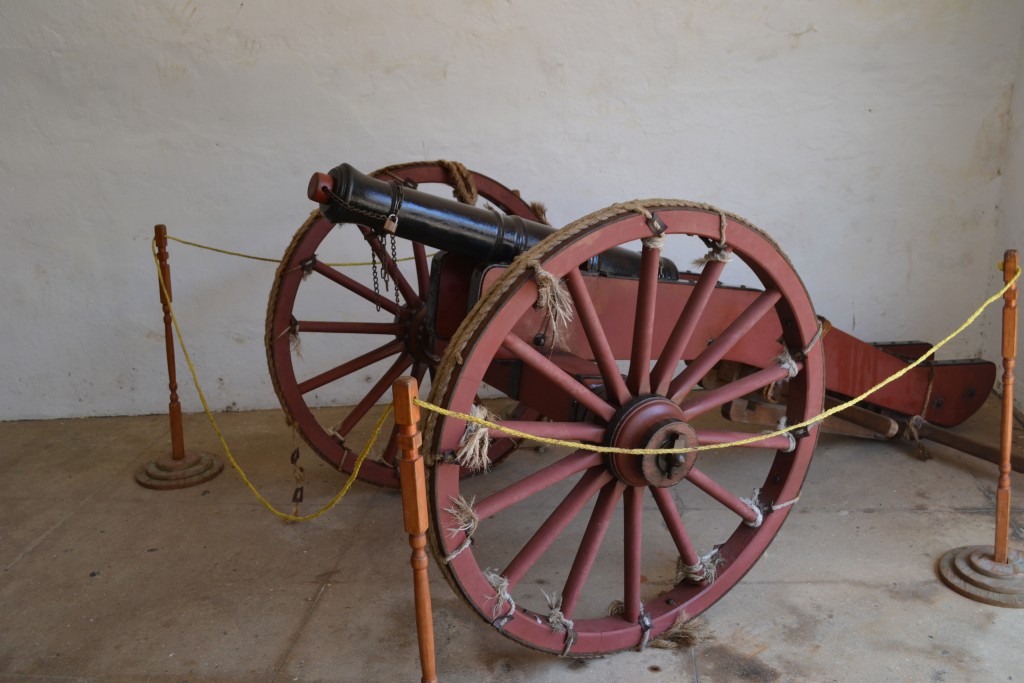
As I crossed the bridge into El Morro, I entered Level 5 of the six levels of the fort. Looking up from this level there were three flags representing the Spanish Army, Puerto Rico and the United States of America.
The cannons were a reminder of the importance of this fort in times when it was occupied to defend the island. Many of them used bronze 8-pound cannonballs that took eight to ten artillerymen to operate them. Their strategy was to fire the cannons every thirty seconds, reaching targets a mile away.
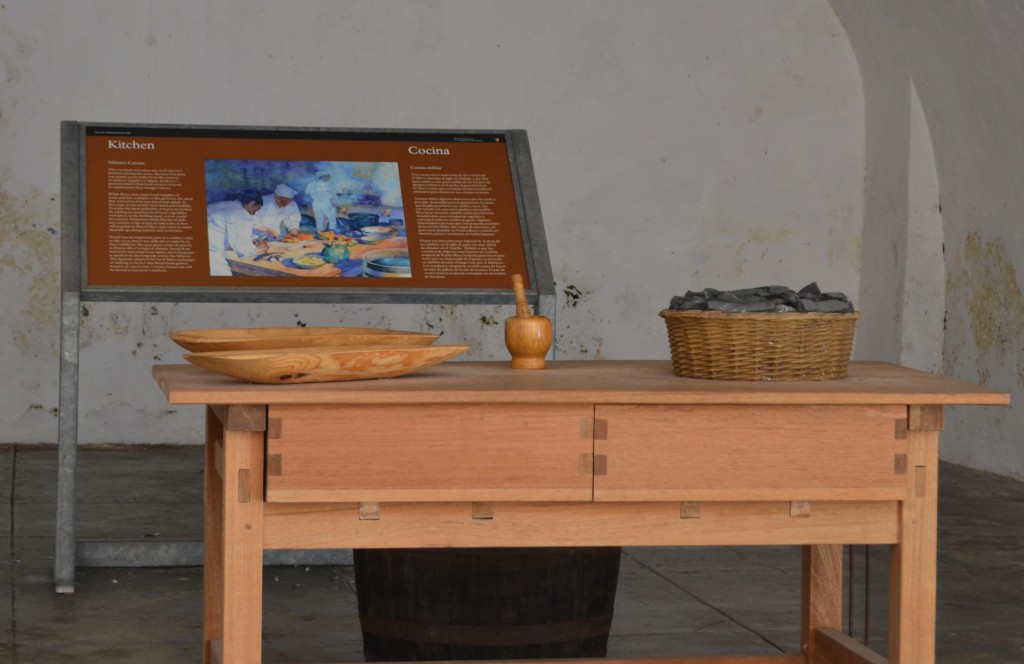
The kitchen was a very important part of the lives of the soldiers. Meals were prepared here using ingredients such as fish and cured meat that came from Spain. When the meat arrived, it was inedible so the soldiers soaked it with vegetables and spices creating a type of stew. It is said that this is the origin of sancocho, a stew that remains popular both in Puerto Rico as well as other Spanish-speaking countries.
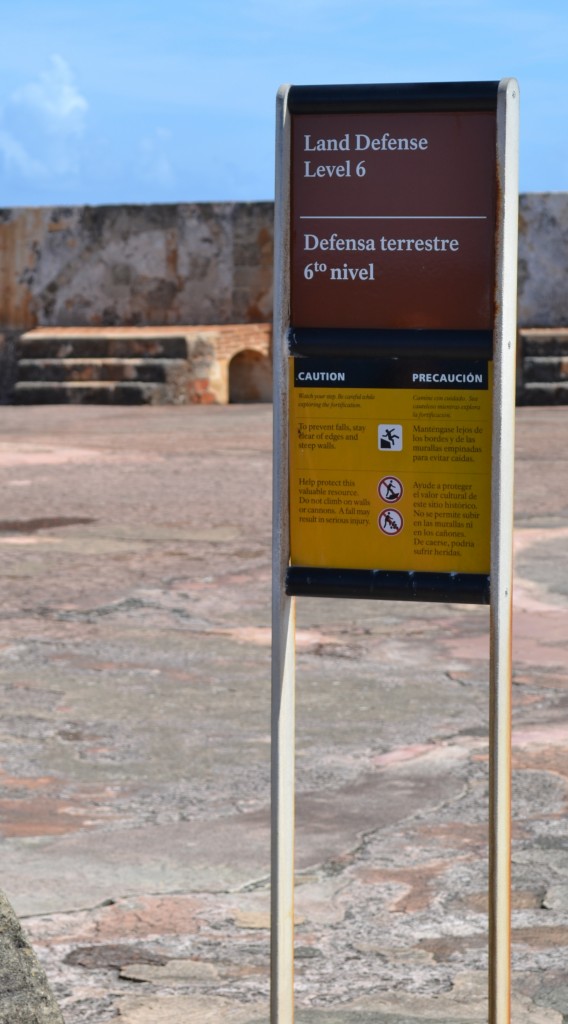
After visiting many of the rooms, including the powder room, on the fifth floor, I took the ramp up to the sixth floor to see the area known as the “Land Defense”.
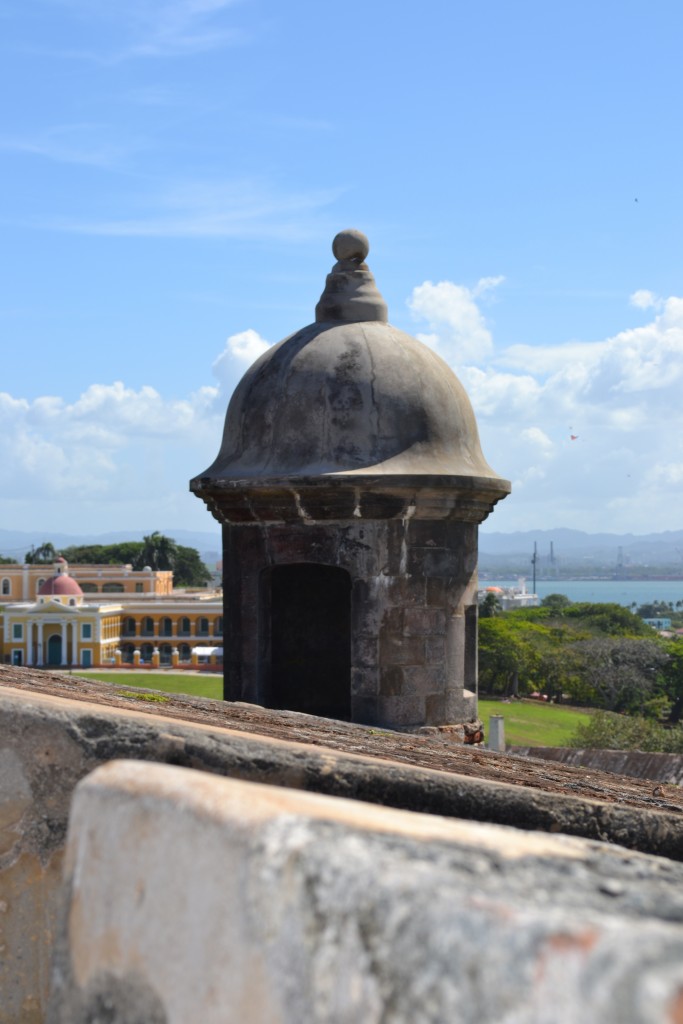
From the level six of the fort, it was easy to see why this floor would be considered a strong area of defense. With the evidence of cannons stationed here, there was little space between each one, guaranteed to hit their targets coming in from the sea.
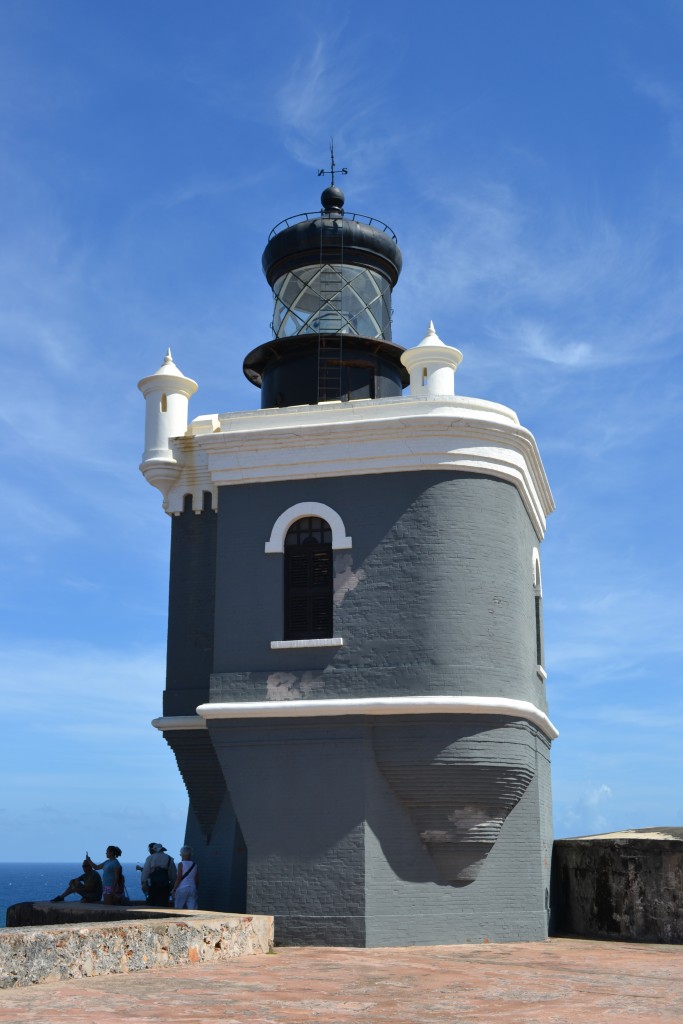
It wasn’t until 1846 that the first of four lighthouses (two would be rebuilt) at El Morro were erected to provide safe passage for ships into and out of the harbor of San Juan. Prior to the restoration of the lighthouse that currently stands on El Morro, the previous house was made out of red brick and was in desperate need of repair.
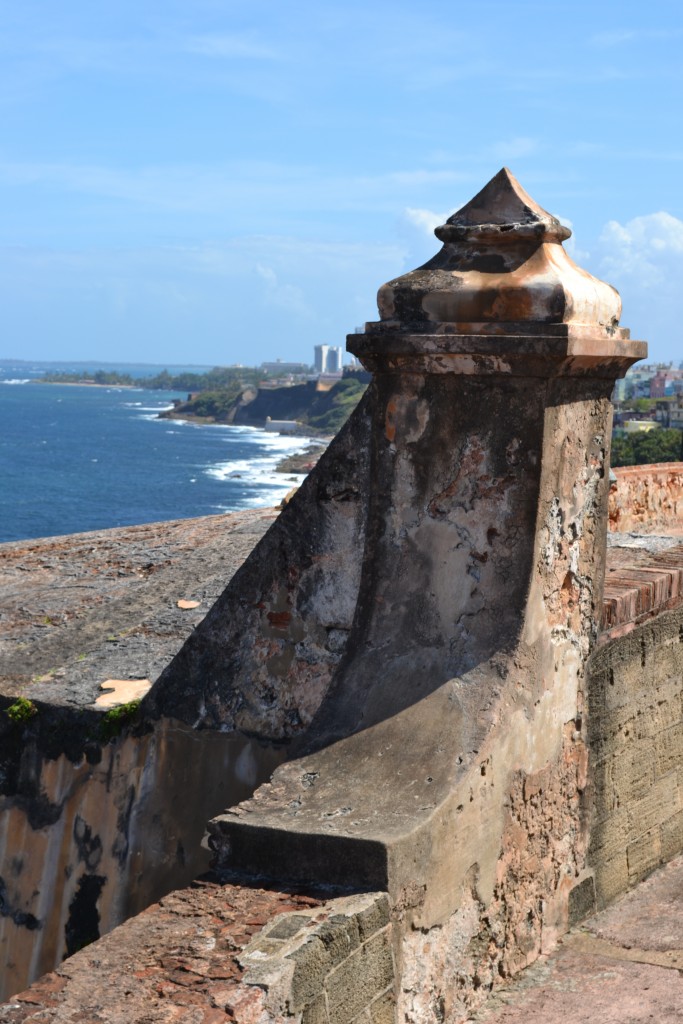
I couldn’t help but notice the spectacular view from Level 6 of El Morro and imagined an invasion of ships heading toward us in the distance.
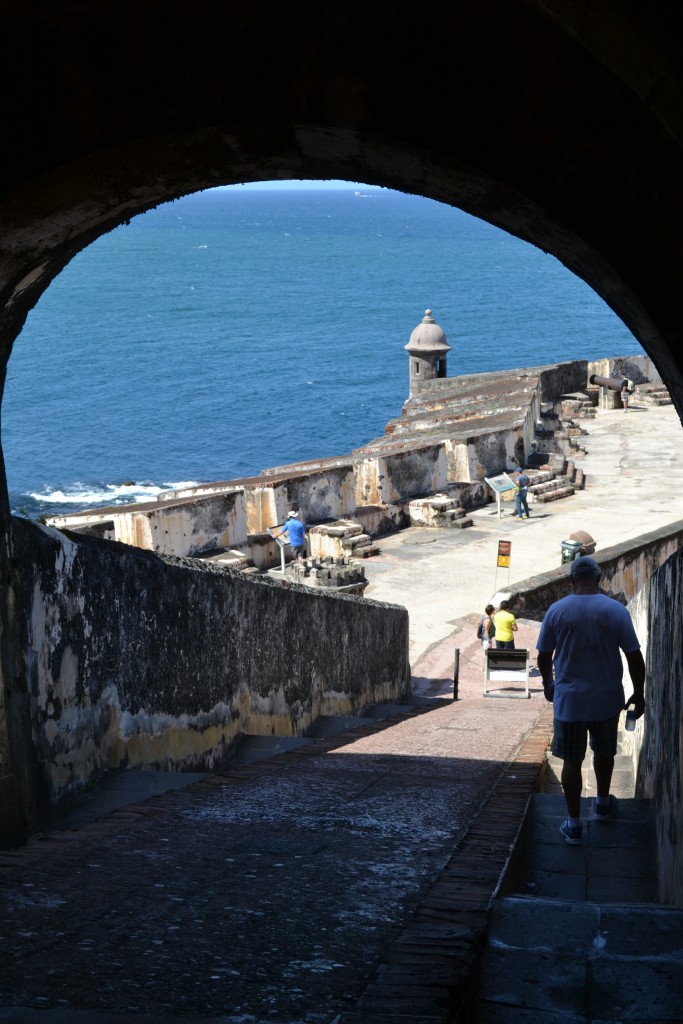
Next, I took the stairs down to the lower level. At this point, I was heading toward the Cannon Water Battery. It was here where I found the remaining cannons on display and the embrasures from which the cannons were fired.
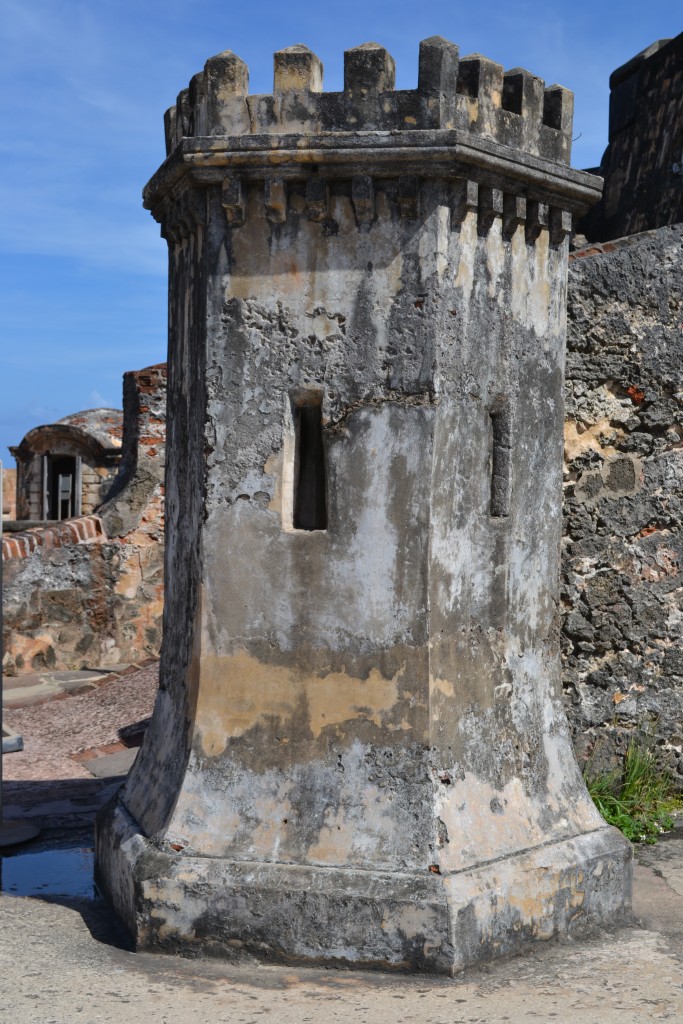
There was a medieval watch tower in the center of the battery. Known as the Torre Antigua, some believe it may be haunted.
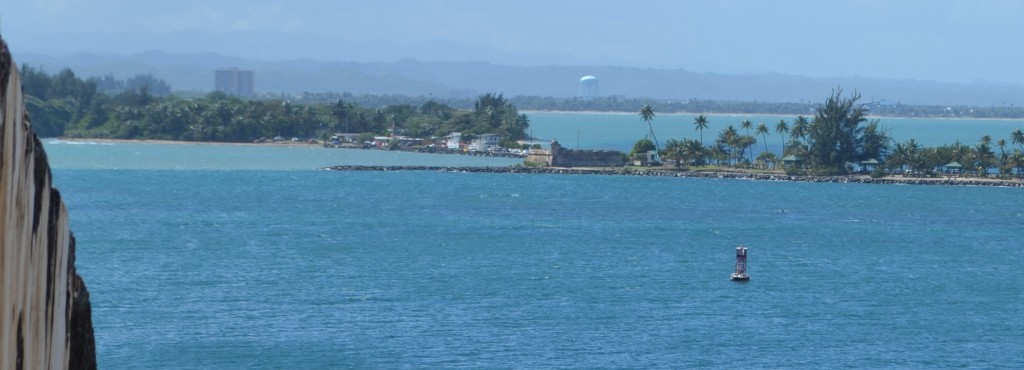
Looking over the wall, I could see another fort out into the horizon at the end of Isla de Cabras (Goat Island). This is El Morro’s sister fort, San Juan de la Cruz, translated as St. John of the Cross. It was strategically placed here to create crossfire in the event that ships would try to slip past El Morro on the far side of the channel. This small fort is also referred to as El Canuelo.
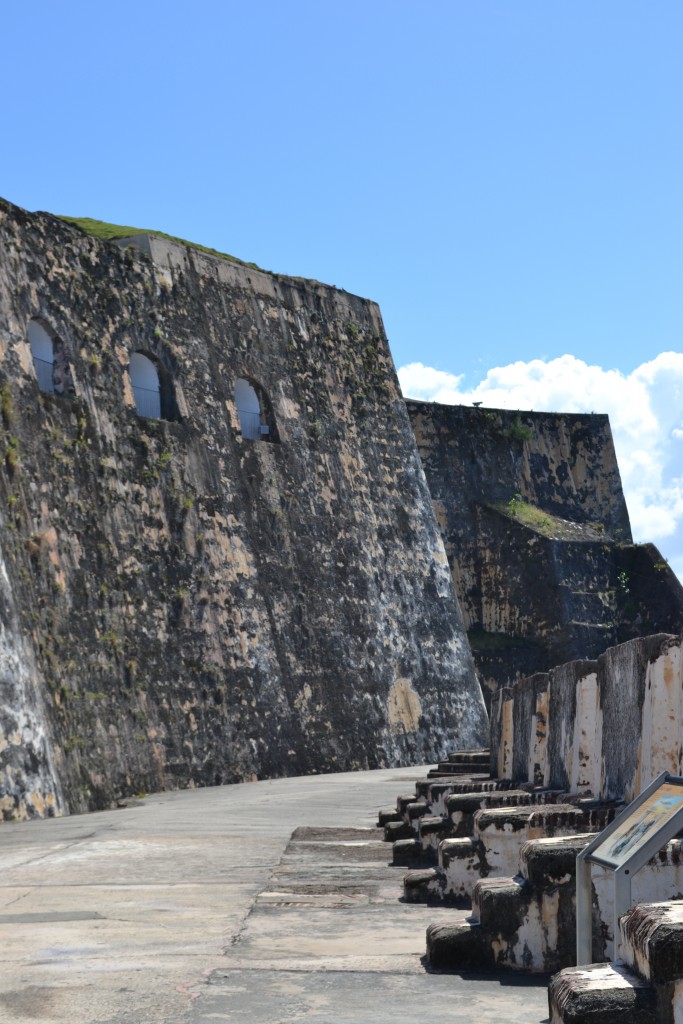
From this vantage point, I clearly understood the importance of this area in defense of the island and how important it was for protecting San Juan.
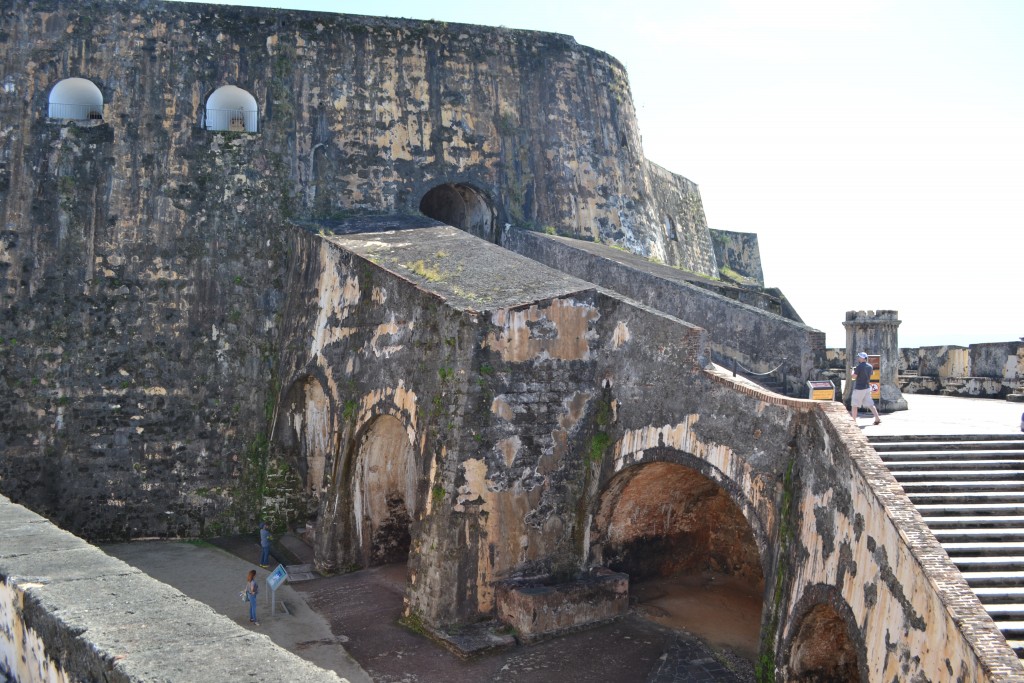
The view from the top of the fort emphasized the complicated structure of El Morro. The worn away, weathered stone and its height gave it the sense of strength and might. The thickness of the walls provided a sense of wonder and impenetrability.
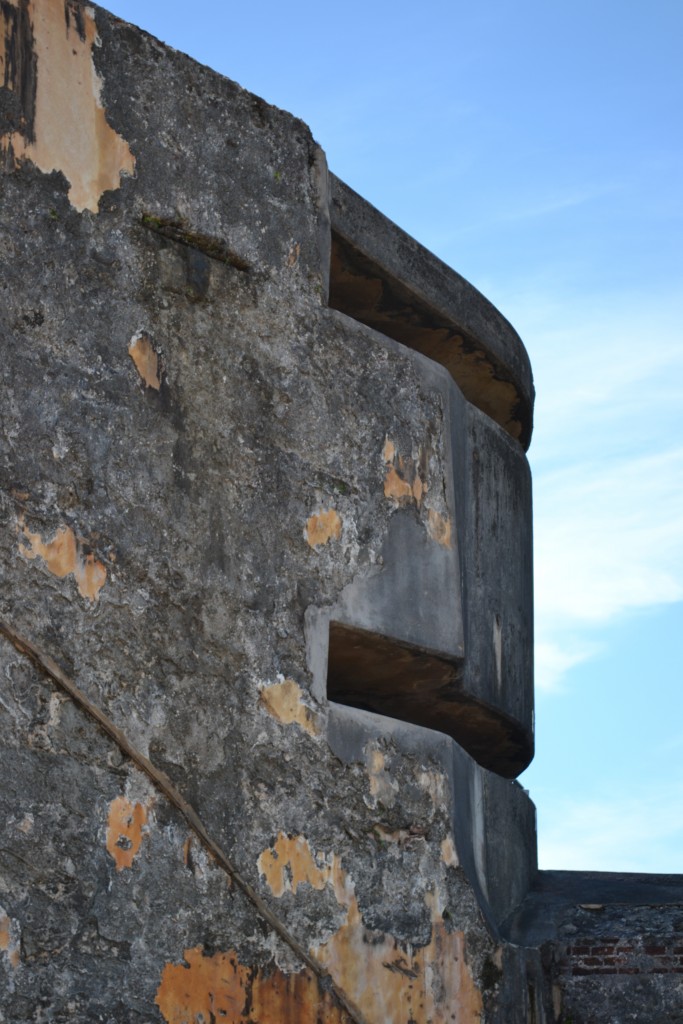
I came across a structure that seemed more updated and out of place. I learned that this was once an Observation Post which was used during WWII. After the Second War, El Morro would no longer act as a military base.

Continuing my climb up the fort, I noticed where the cannons would have been placed and the circular patterns that they created when moved to the left or right to hit their target out in the ocean.
El Morro is unlike any fortress I have seen throughout the United States. It was built and designed to protect the city and remains an iconic figure to San Juan. There have been several forts along the American coasts, but this is one of the most fascinating and well preserved.
Have you had the opportunity to visit El Morro? What are your thoughts about this expansive structure? I would love to hear what you liked most about your experience if you would kindly leave a message in the comments section below. Many thanks for reading about our exploration of El Morro and wishing you many Happy Travels!
What to See and What to Do:
Castillo de San Felipe del Morro
501 Norzagaray Street
San Juan, PR 00901
Telephone: 787 729 6754
- Admission Fee: $7 which includes the Castillo San Felipe del Morro and Castillo San Cristobal and 24 hours are provided to visit both forts
- Hours: Open daily from 9AM to 6PM. Closed on Thanksgiving Day, Christmas Day and New Year’s Day.
- Amenities: Gift shop and restrooms
- Scenic Views: Gorgeous views from the fort include the harbor and the cemetery as well as the shoreline.
- Length of Visit: 2 – 3 hours
- Tips for Your Visit: There are several iguanas and feral cats that roam the premises. Wear comfortable shoes, sunscreen and bring plenty of water. (Carts outside sell water).
Where to Stay:
Hotel Plaza de Armas Old San Juan
202 Calle San Jose
San Juan, Puerto Rico 00901
Telephone: 787 722 9191
Amenities: Non-smoking, free continental breakfast, WiFi, refrigerator and microwave; there is a free trolley nearby at Stop #8
Where to Eat:
Cafe El Punto
105 Calle Fortaleza
San Juan, Puerto Rico, 00901
Telephone: 787 725 1306
I can’t resist ordering the local dish, mofongo where the main ingredient is fried plantains most likely served with a healthy helping of meat such as chicken, beef or seafood.
What to Eat:
- MOFONGO! This is absolutely my favorite dish in San Juan. Mashed fried plantains are smothered with meat and/or vegetables.
- Alcappurias are similar to fritters filled with crab, meat or lobster and dipped in a batter made from green bananas.
- Arepas de Coco is a bread made from coconut flour stuffed with meat, seafood or vegetables.
- Chicharrones de Pollo are usually served as a side dish to mofongo, these tasty pieces of chicken are seasoned with garlic, oregano and achiote.
- Chilo Frito is a fried red snapper served with fried plantains or french fries on the side.
- Lechon is a suckling pig cooked whole and prepared juicy on the inside and crispy on the outside.
- Pastelon: San Juan’s answer to lasagna made with plantains instead of pasta
- The Pina Colada was invented at Barrachina in Old San Juan.
Where to Drink:
Marilyn’s Place
100 Calle San Francisco
San Juan, Puerto Rico, 00901
What to Read:
- The Rum Diary by Hunter S. Thompson
- The House on the Lagoon by Rosario Ferre
- Simone by Eduardo Lalo
- Mundo Cruel by Luis Negron
- La Llamarada by Enrique Laguerre
- Song of the Simple Truth by Julia de Burgos
Photo Guide for San Juan, Puerto Rico
- La Perla in Old San Juan for its colorful umbrellas
- The cobblestone streets and colorful buildings of Old San Juan
- The Forts in Old San Juan
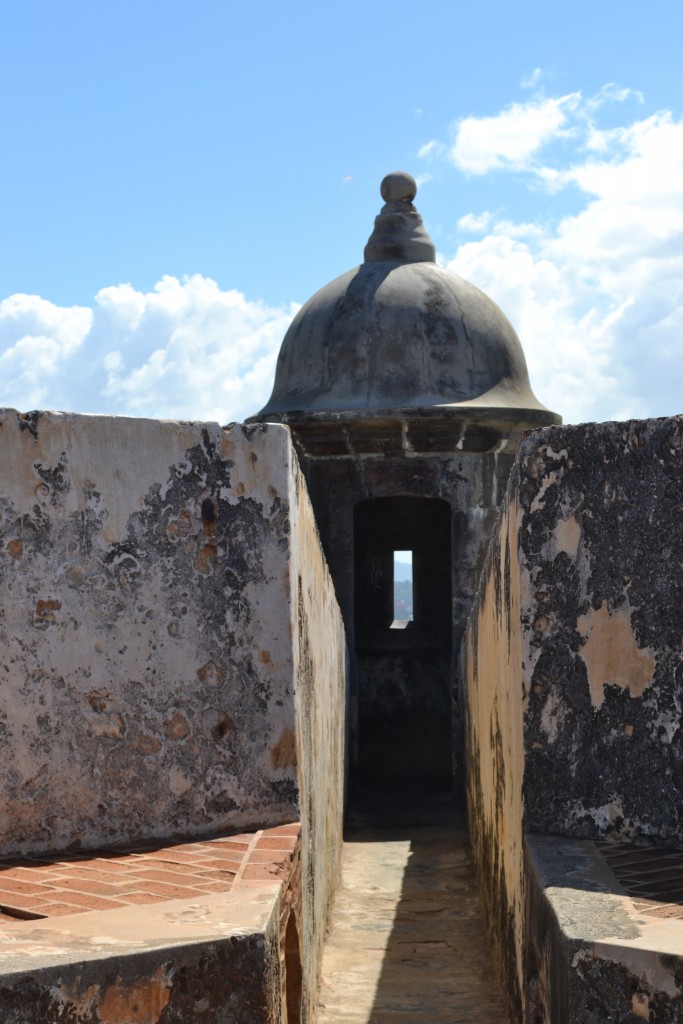
A sentry (lookout) at El Morro
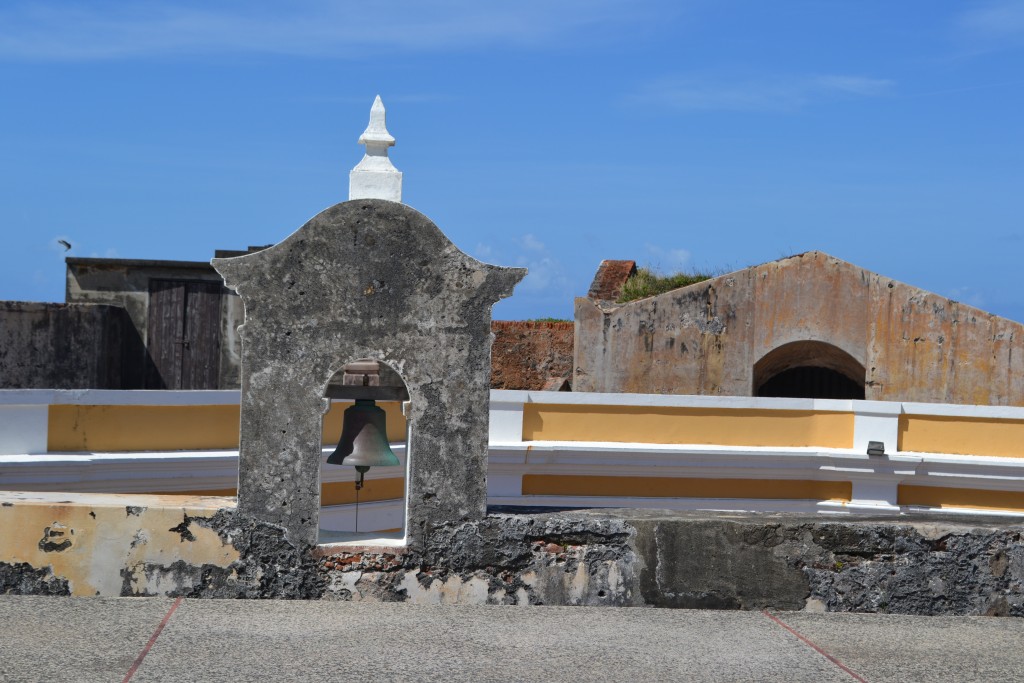
Belltower at El Morro
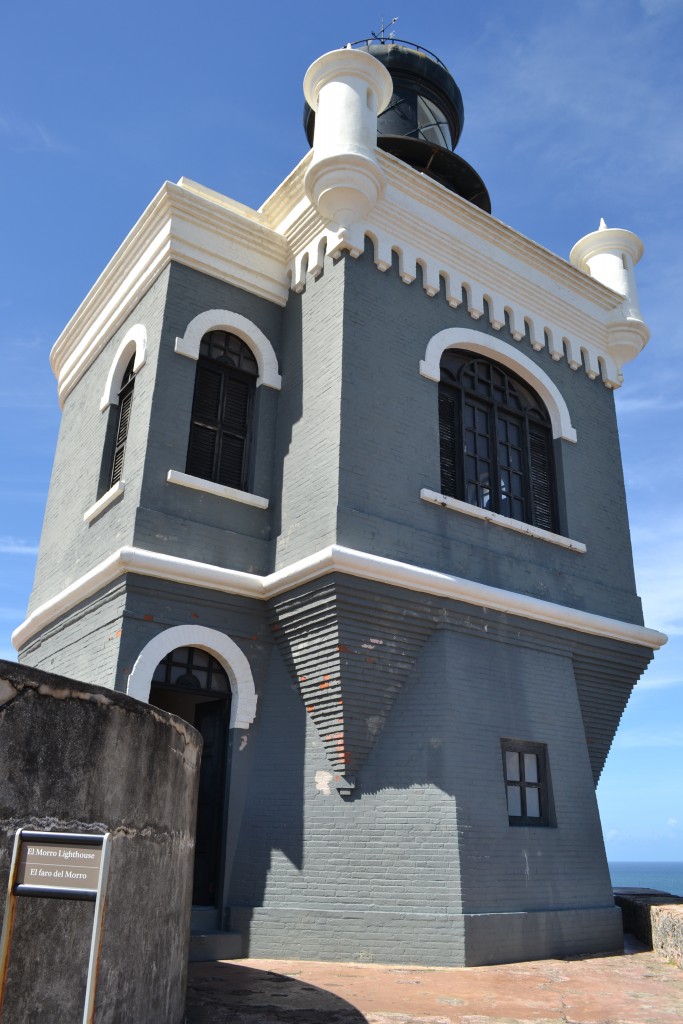
The Restored Lighthouse at El Morro
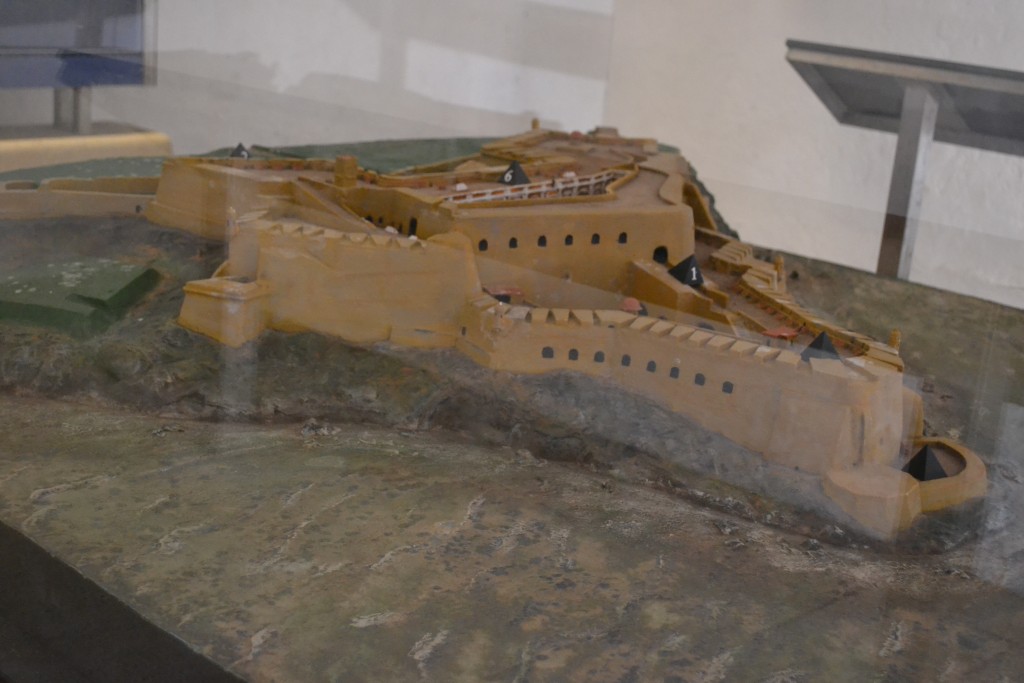
The Layout of El Morro which resembles a bull
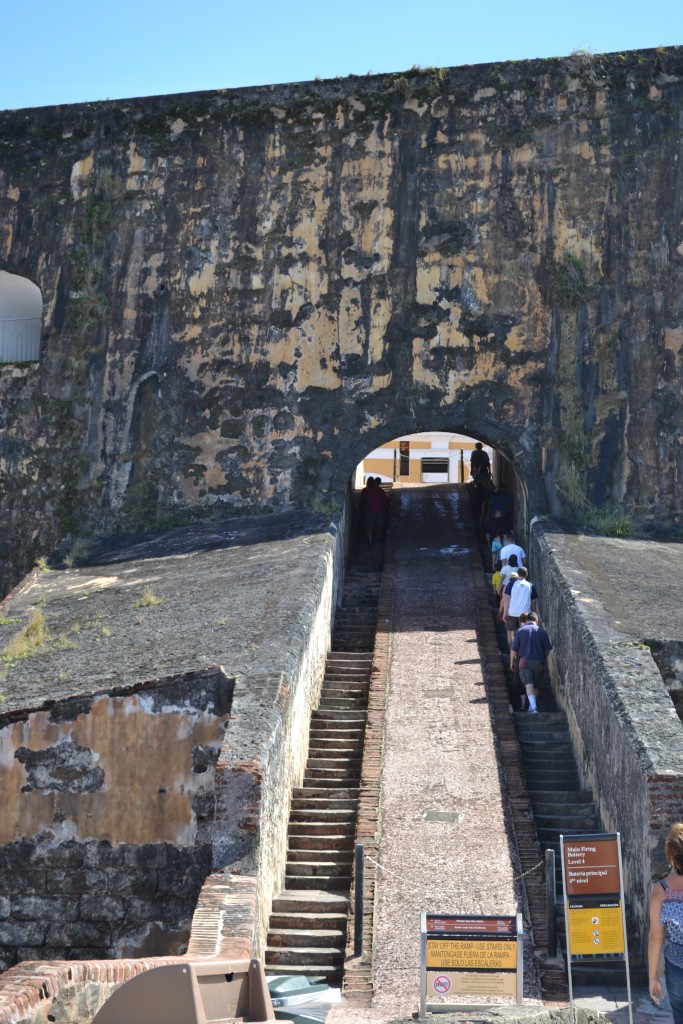
Stairs and ramps at El Morro
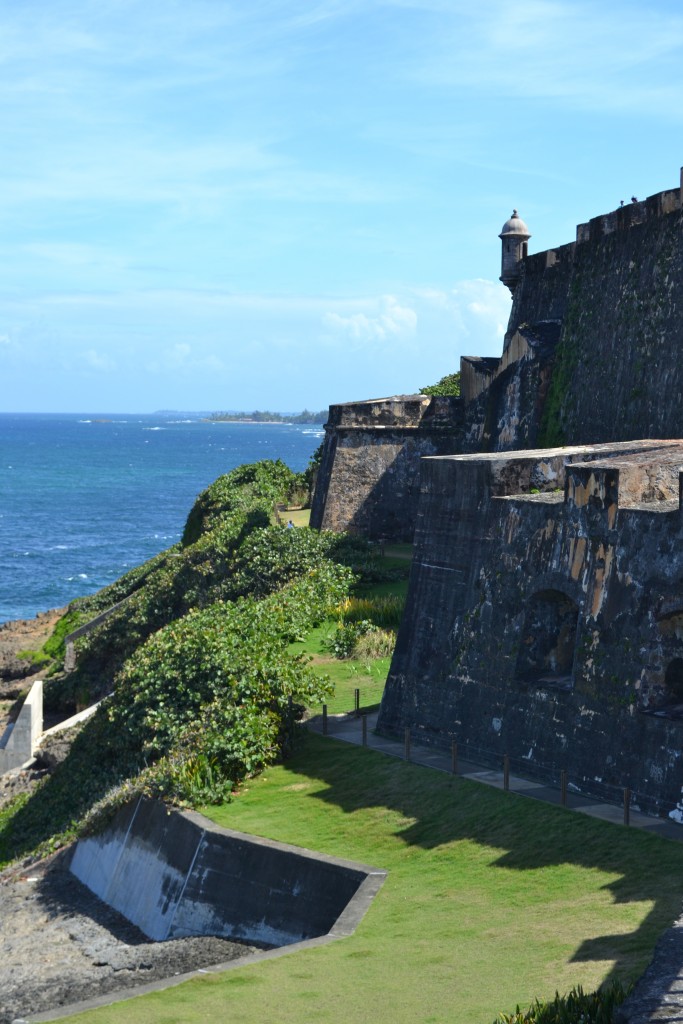
Beautiful View from El Morro
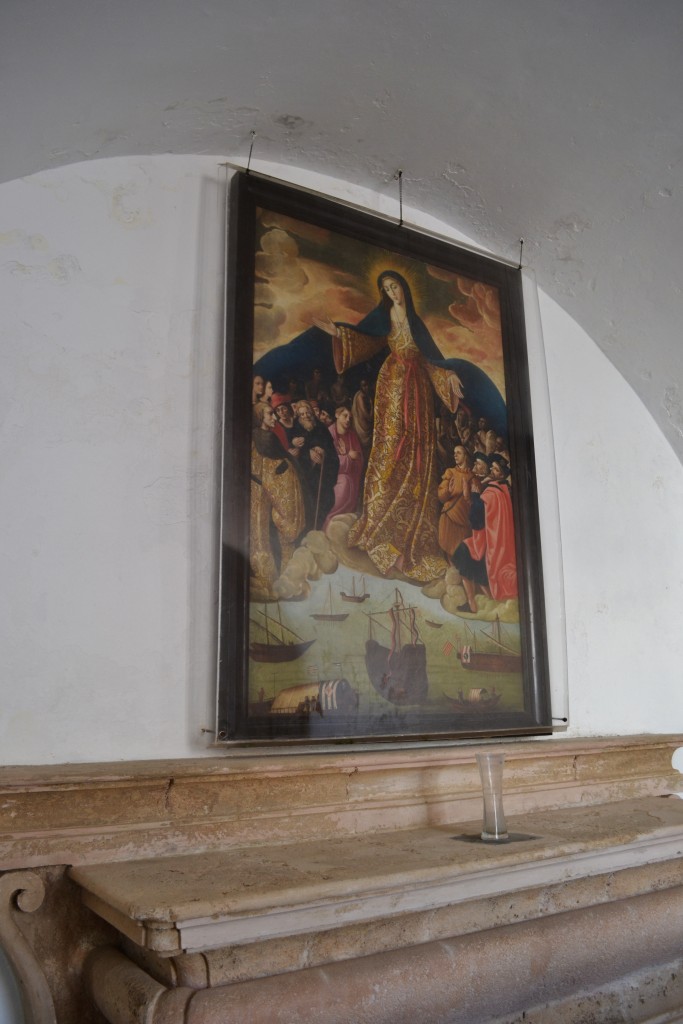
The Chapel at the Fort
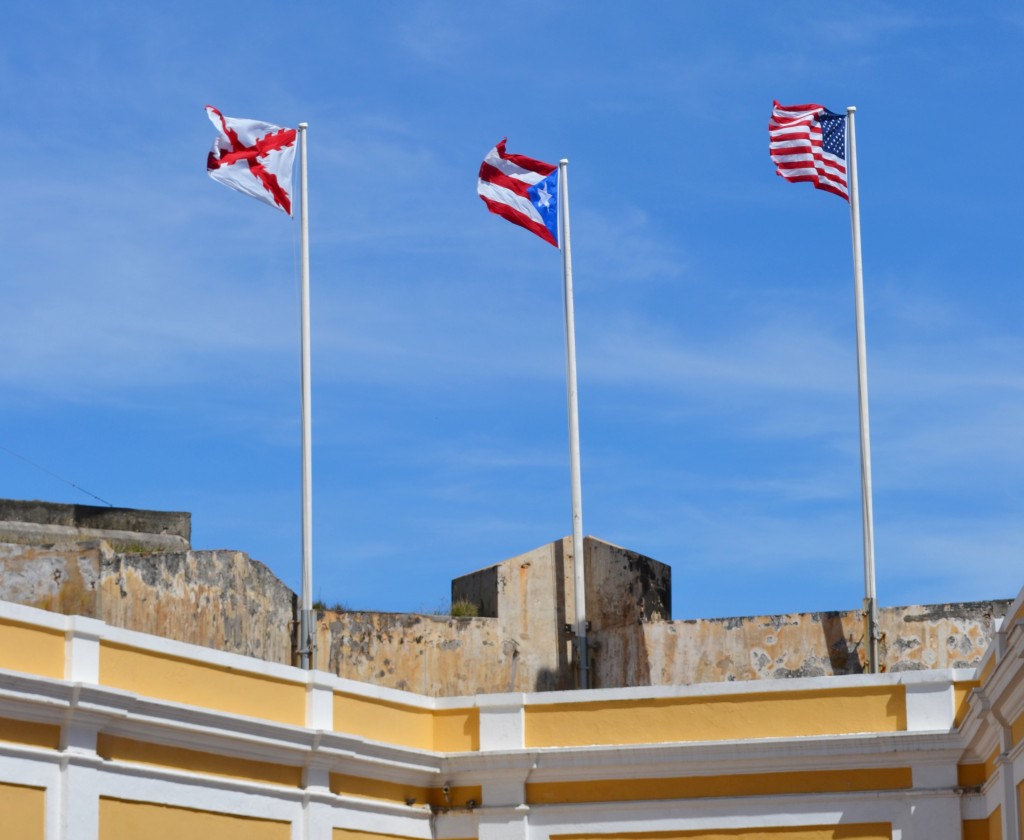
Flags at the Fort
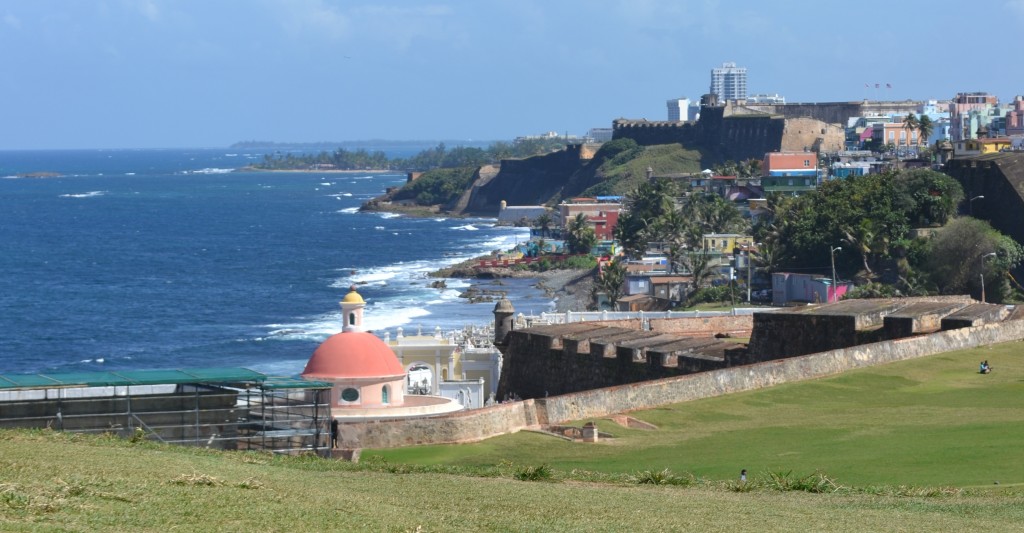
Seaside views from El Morro Fort
